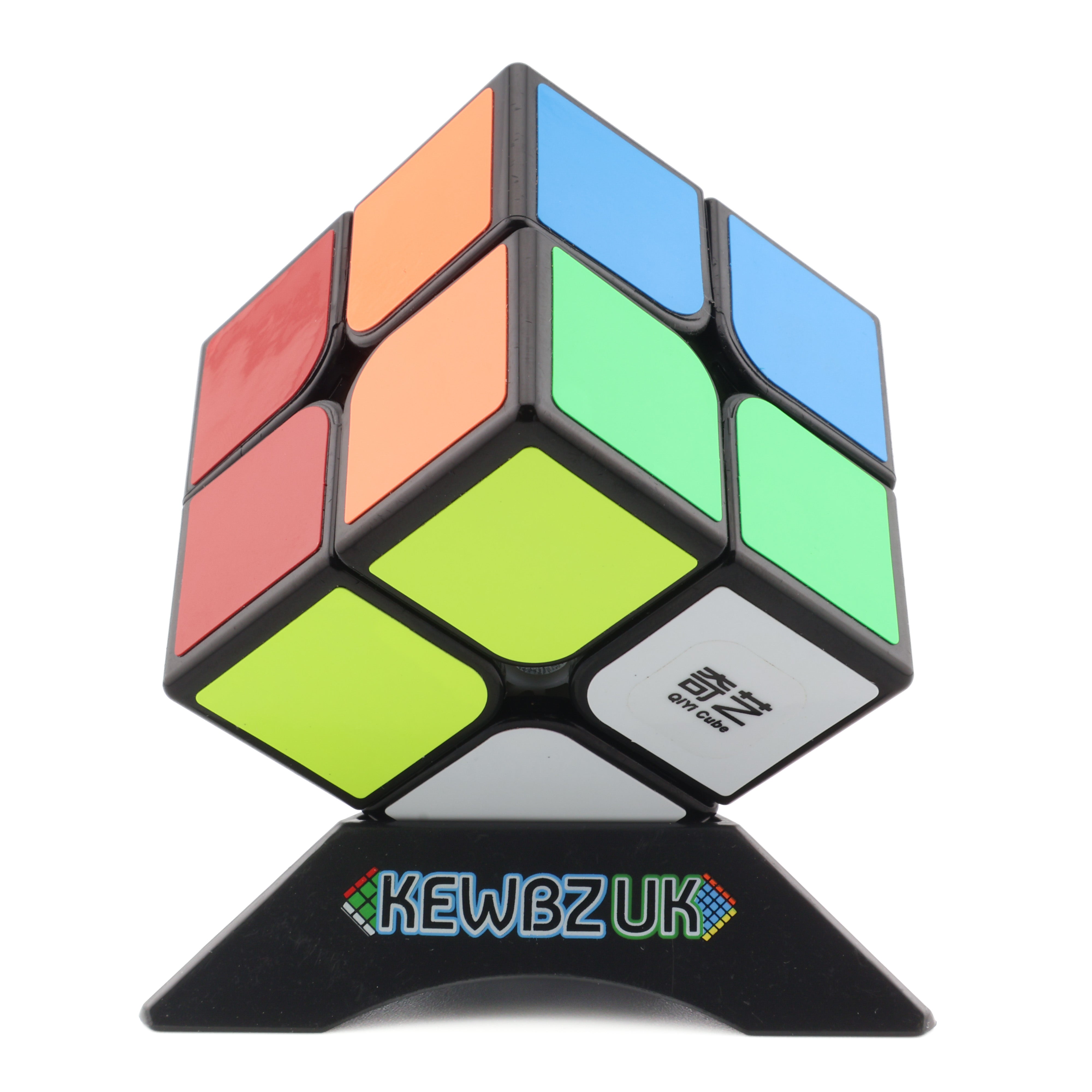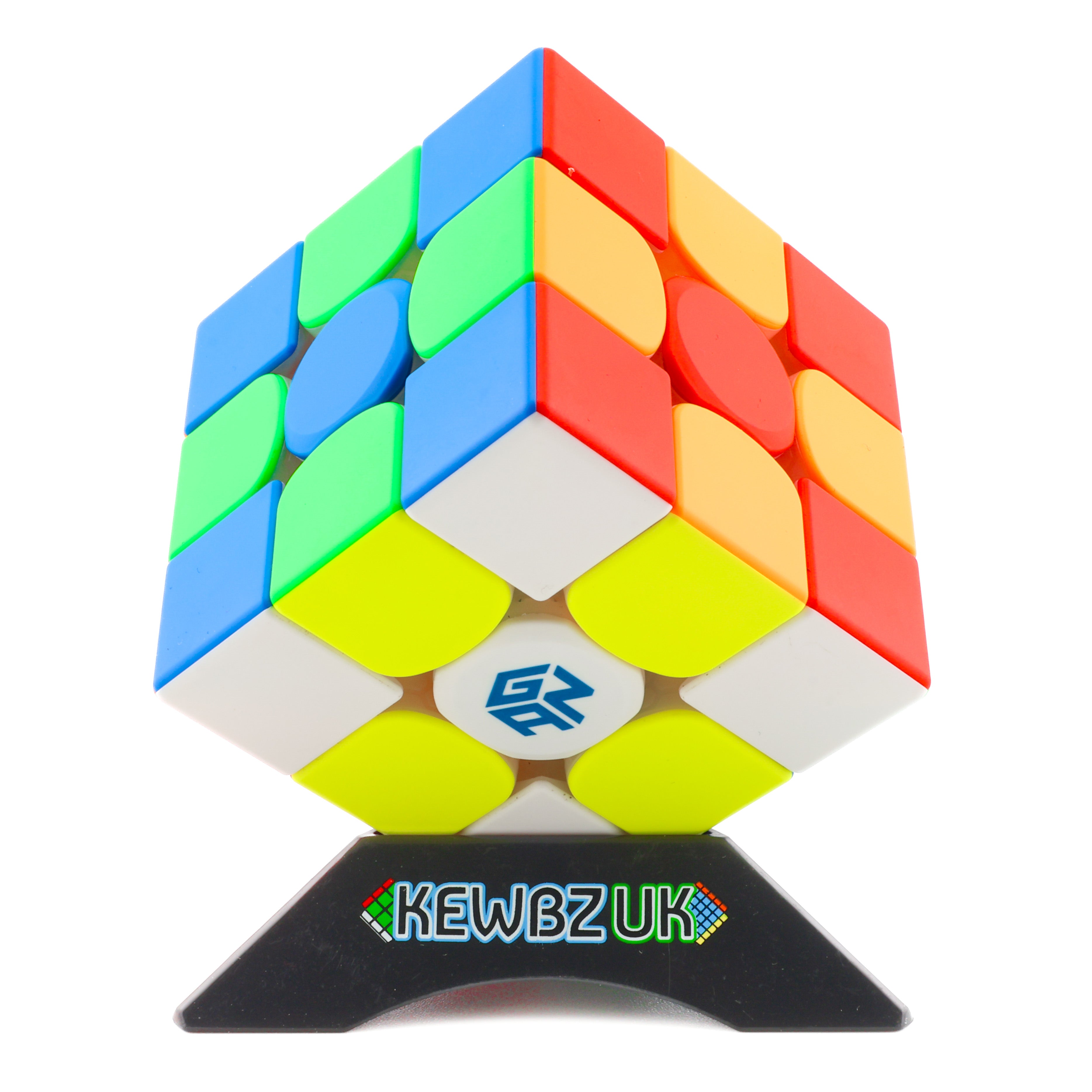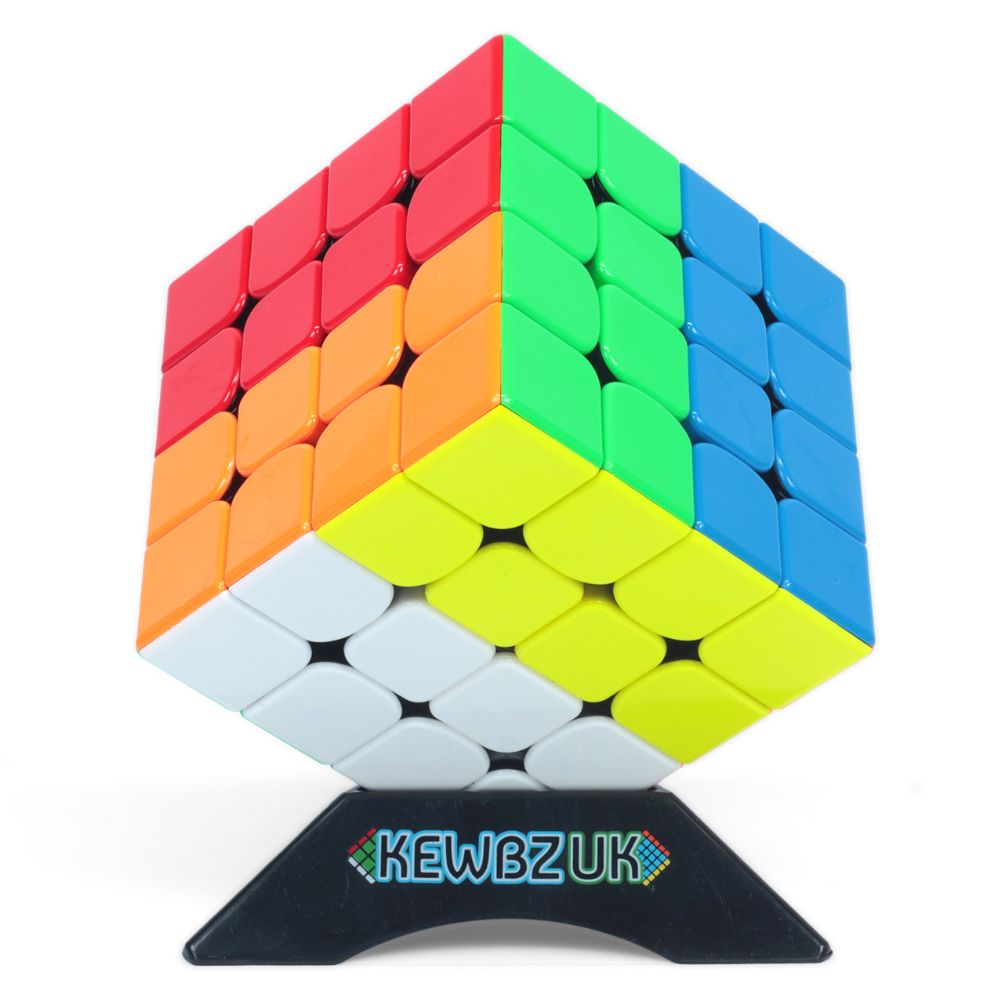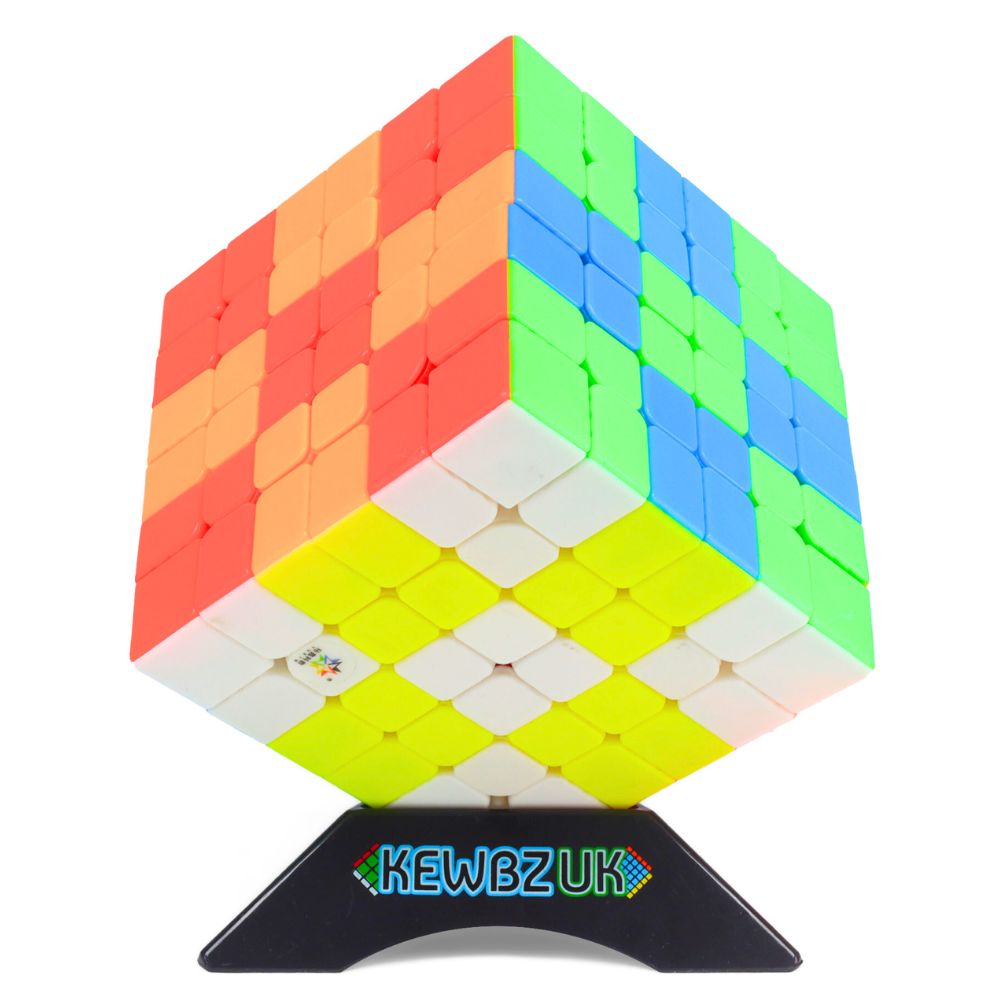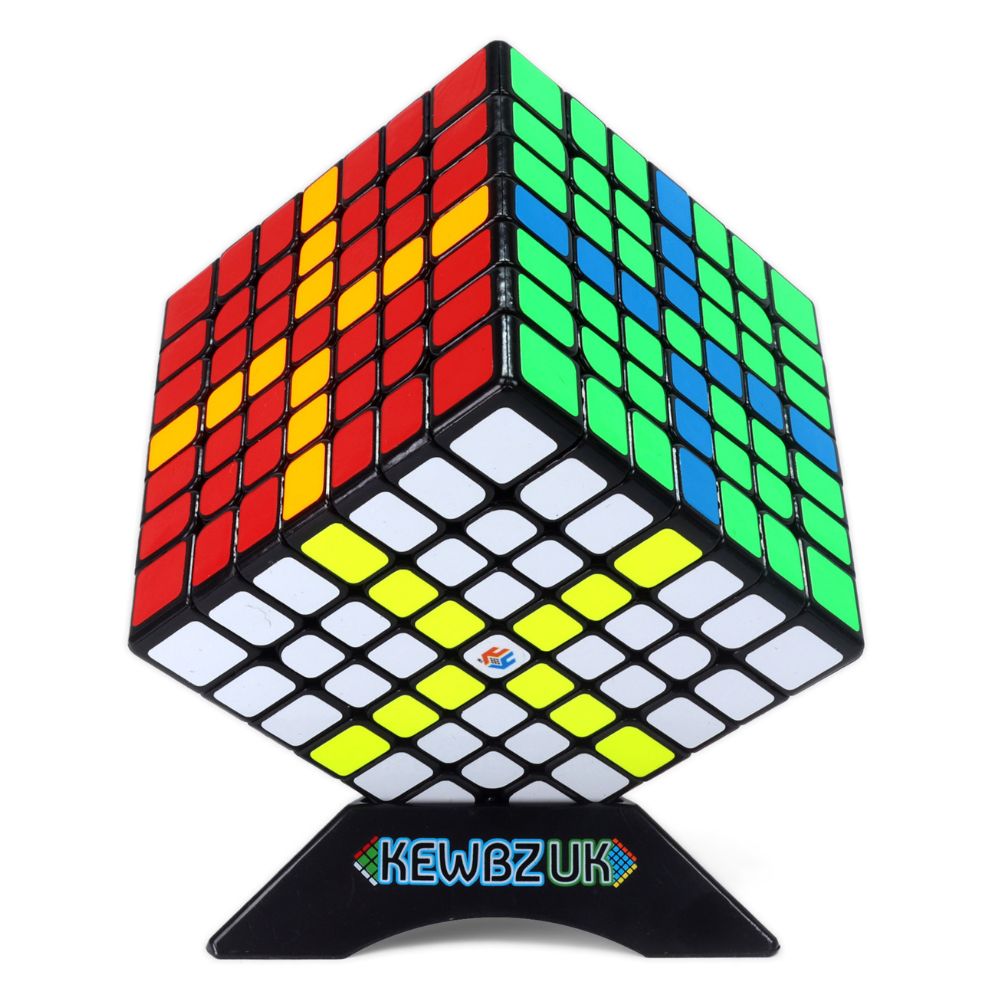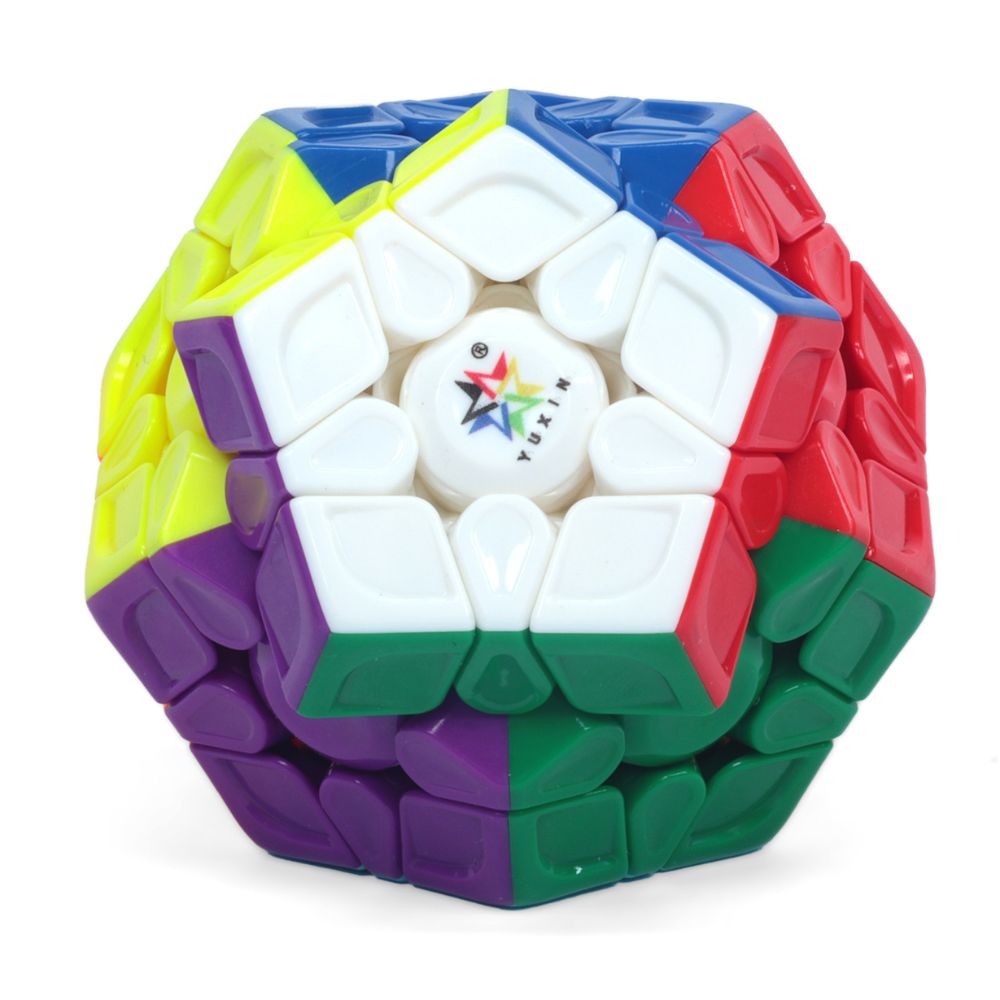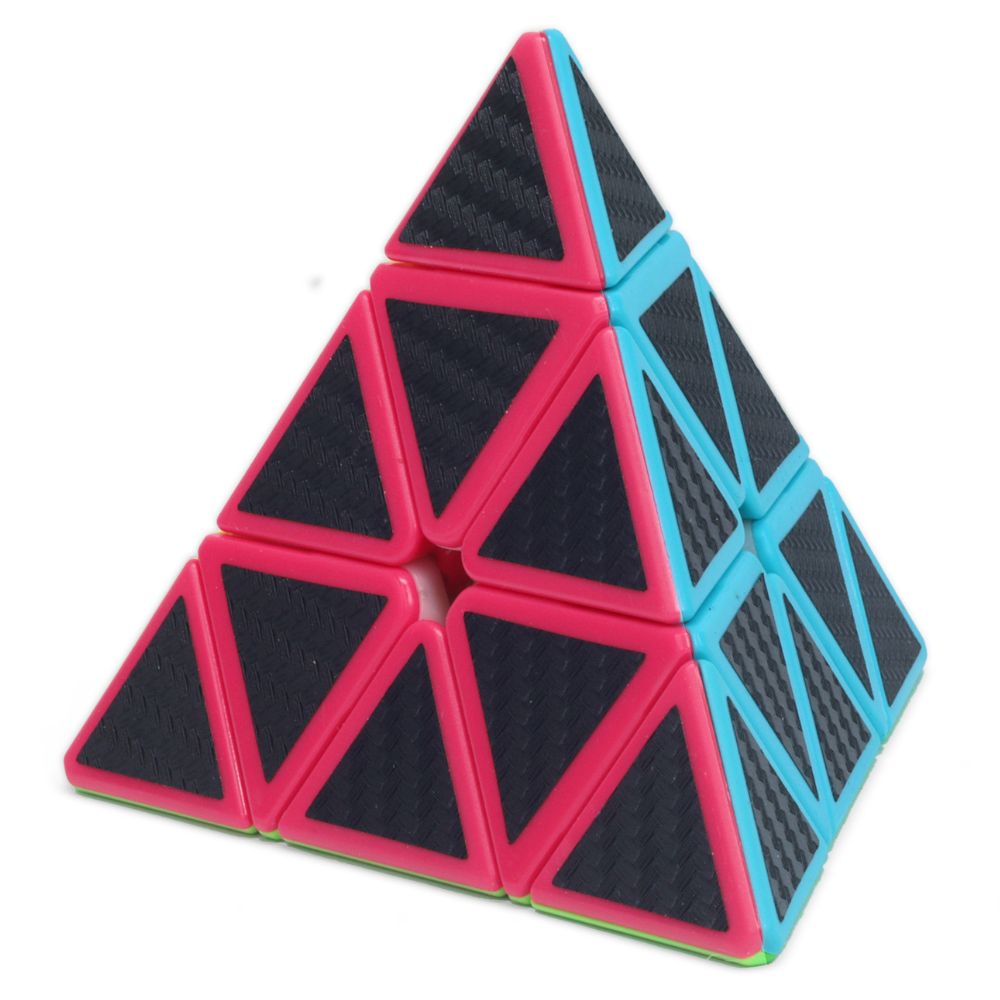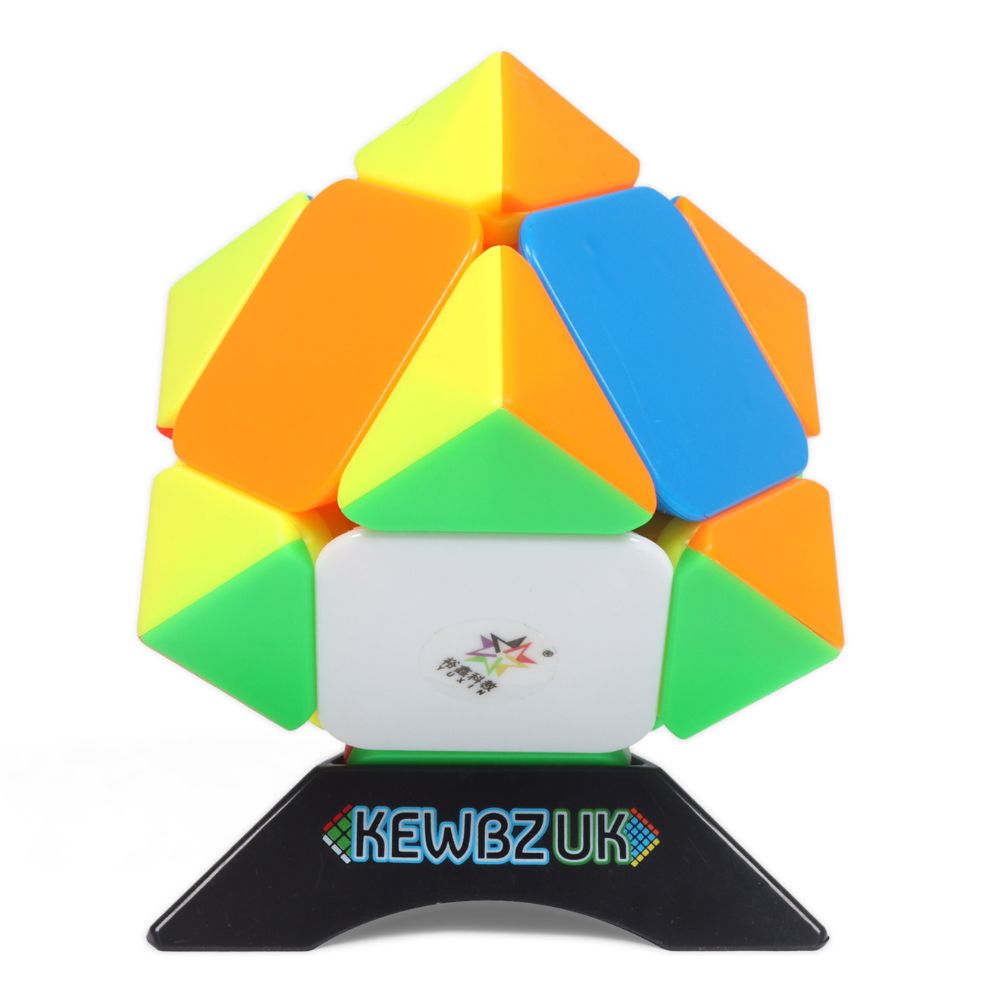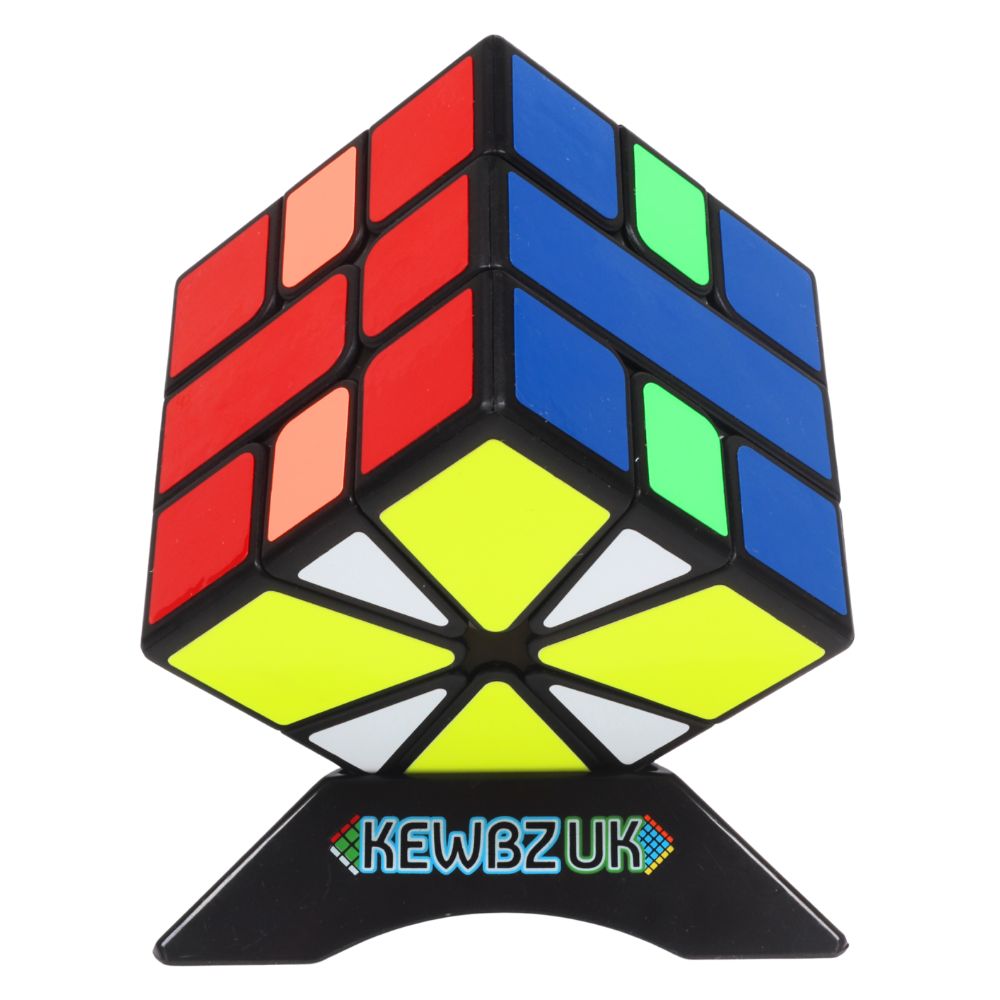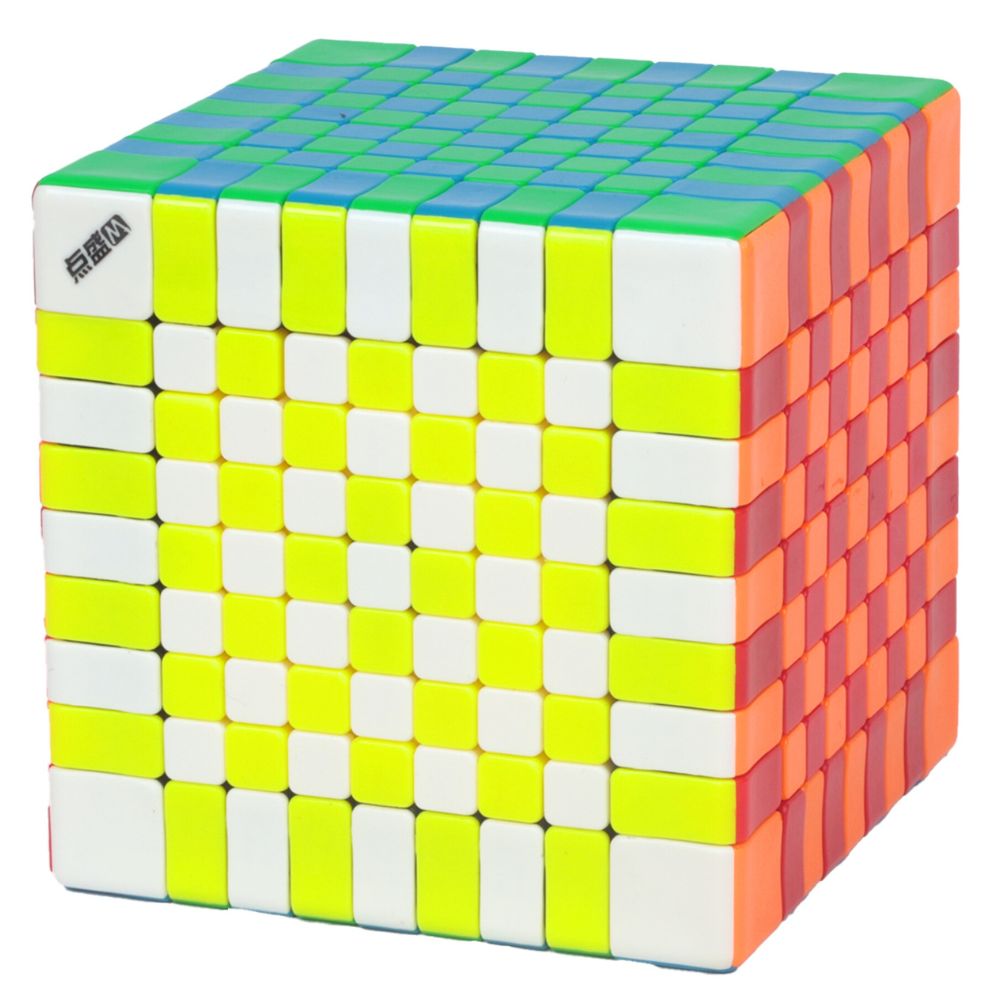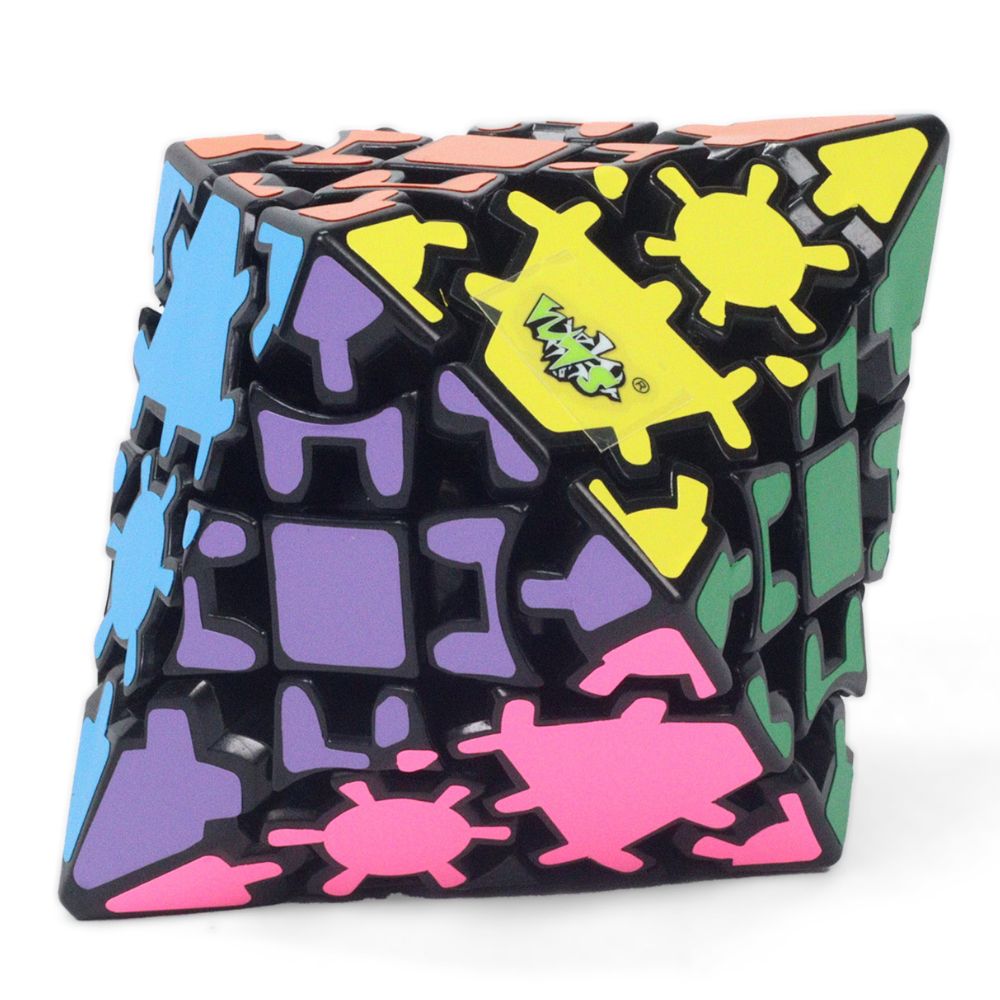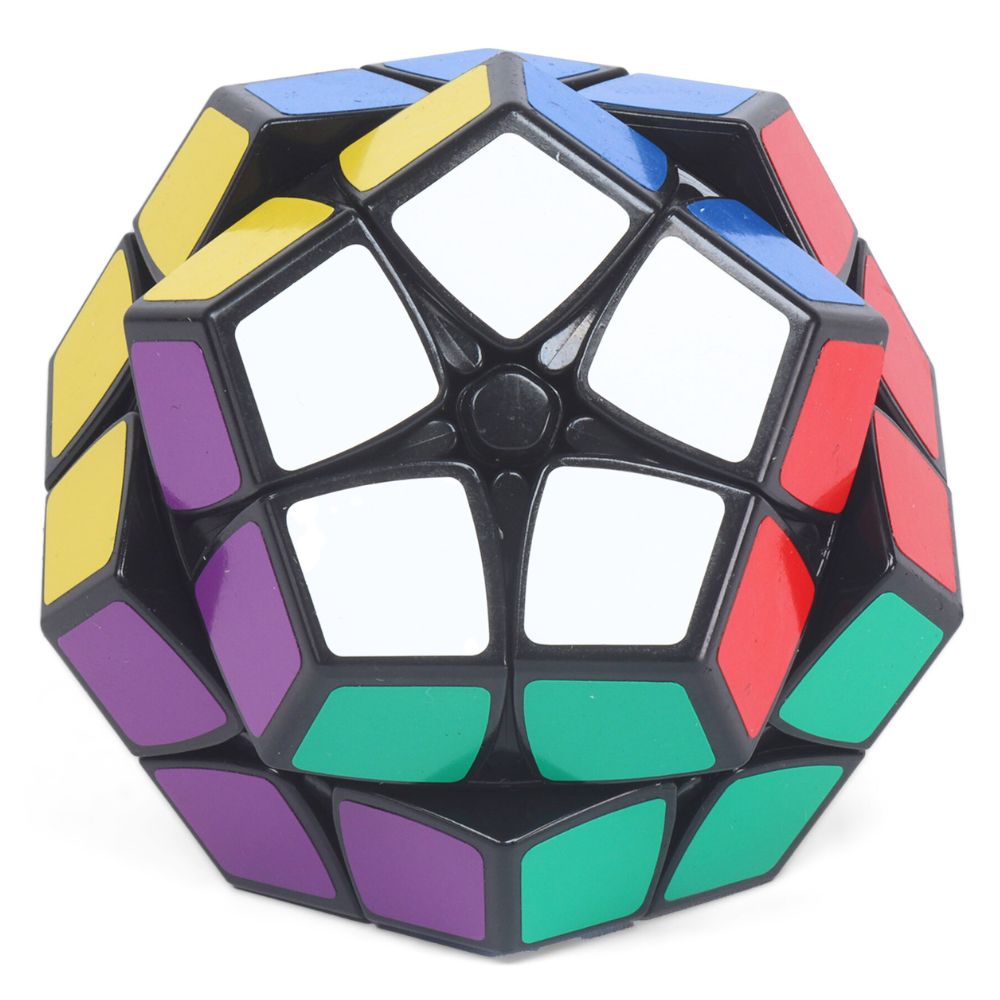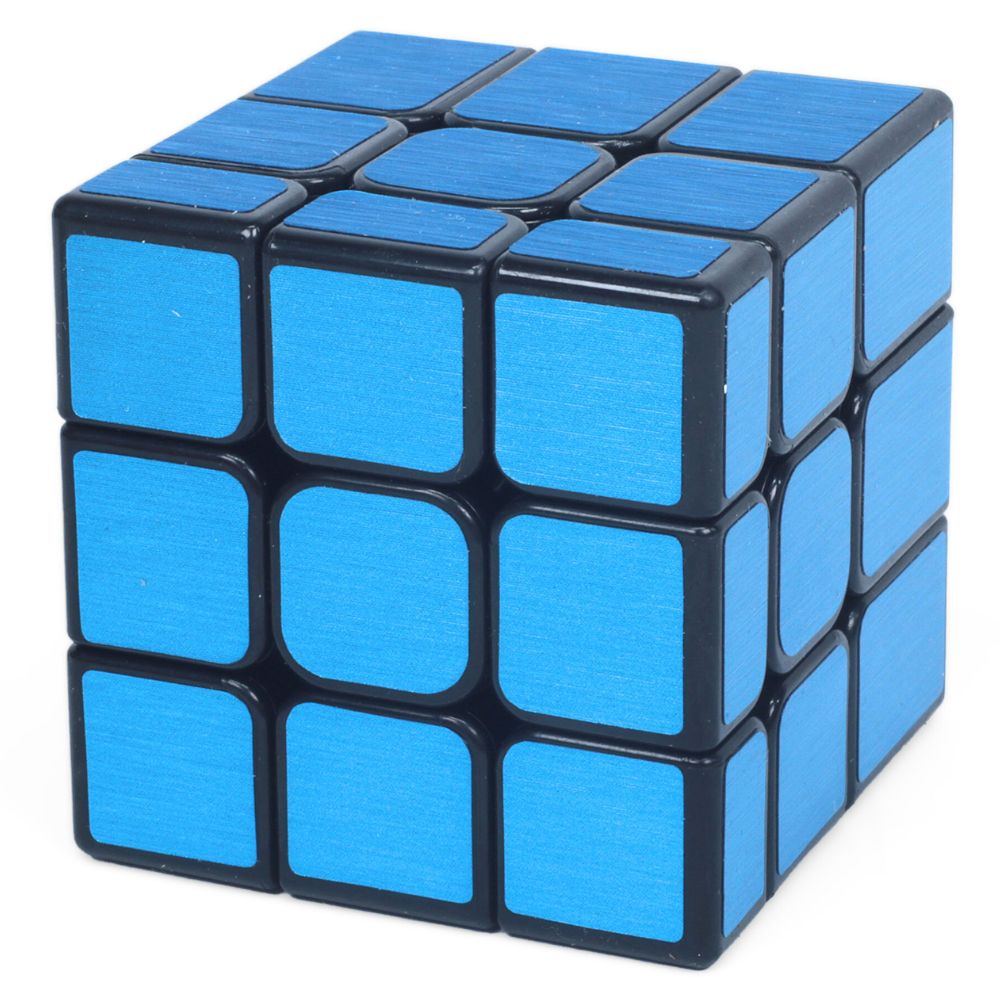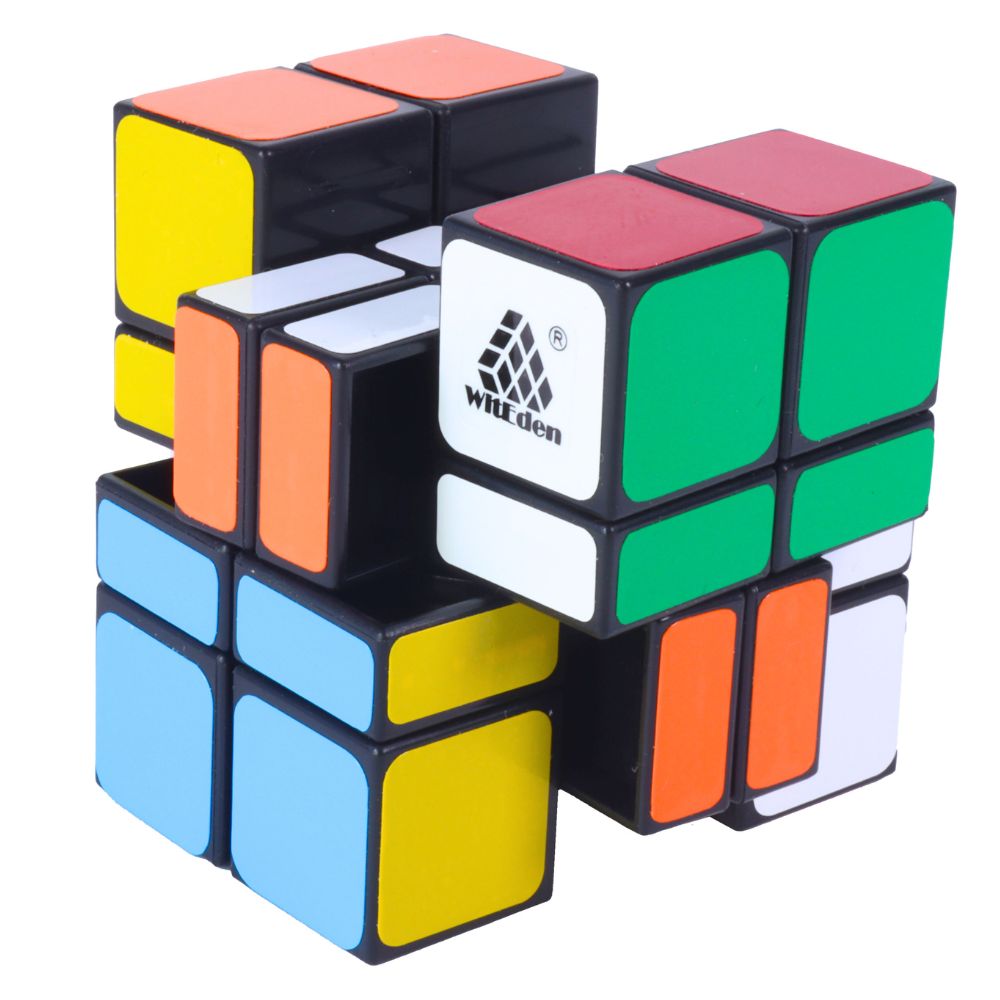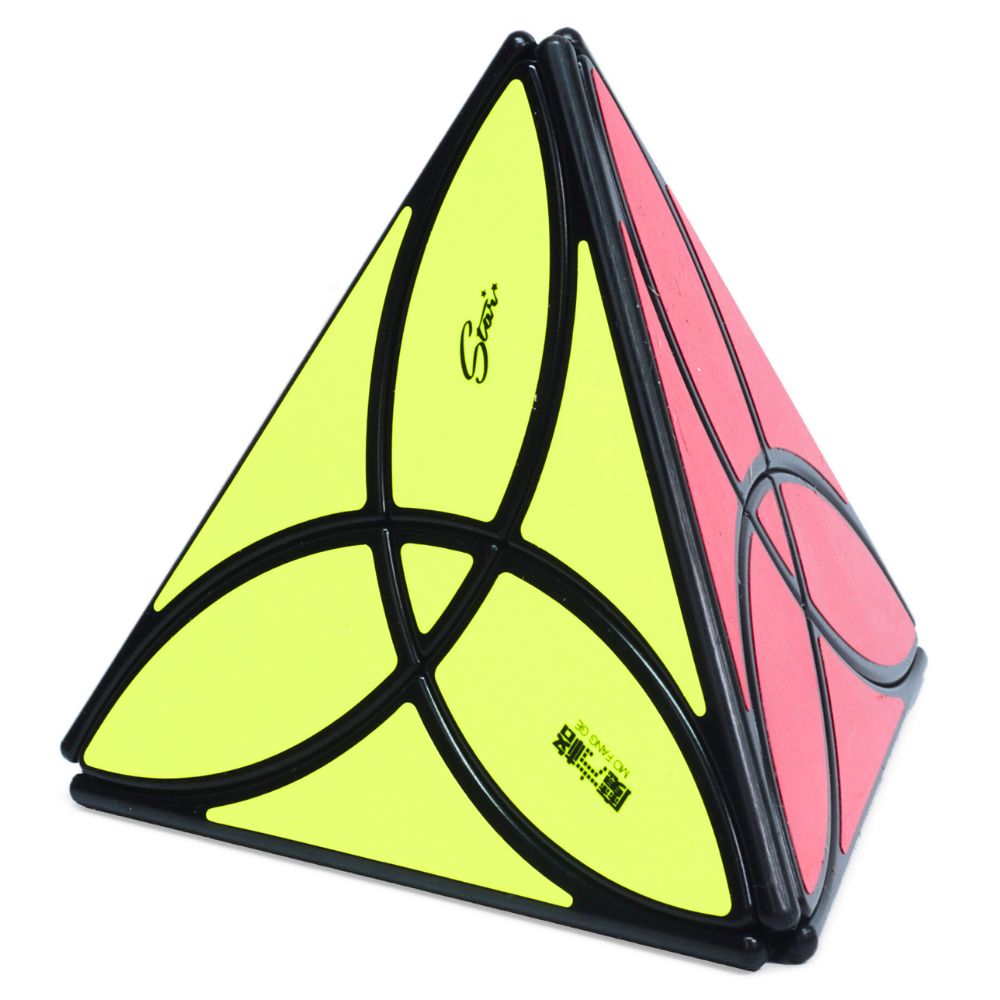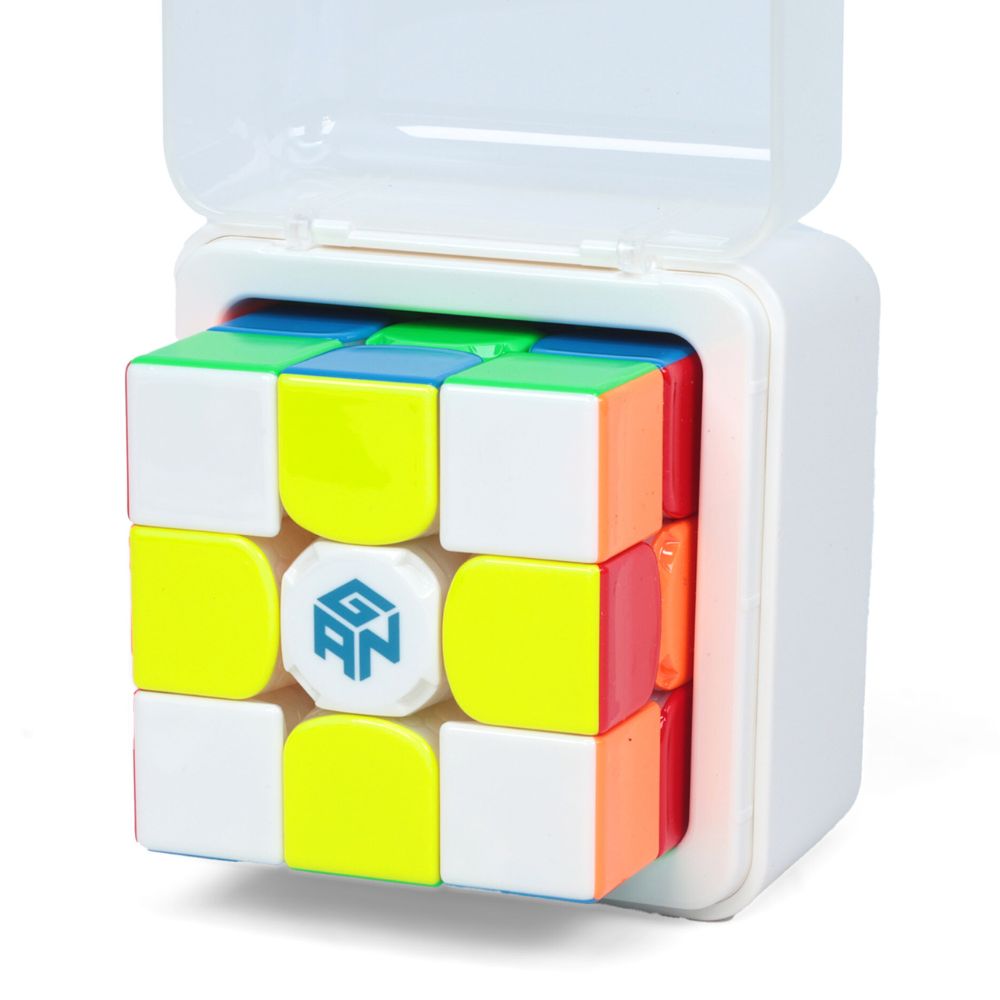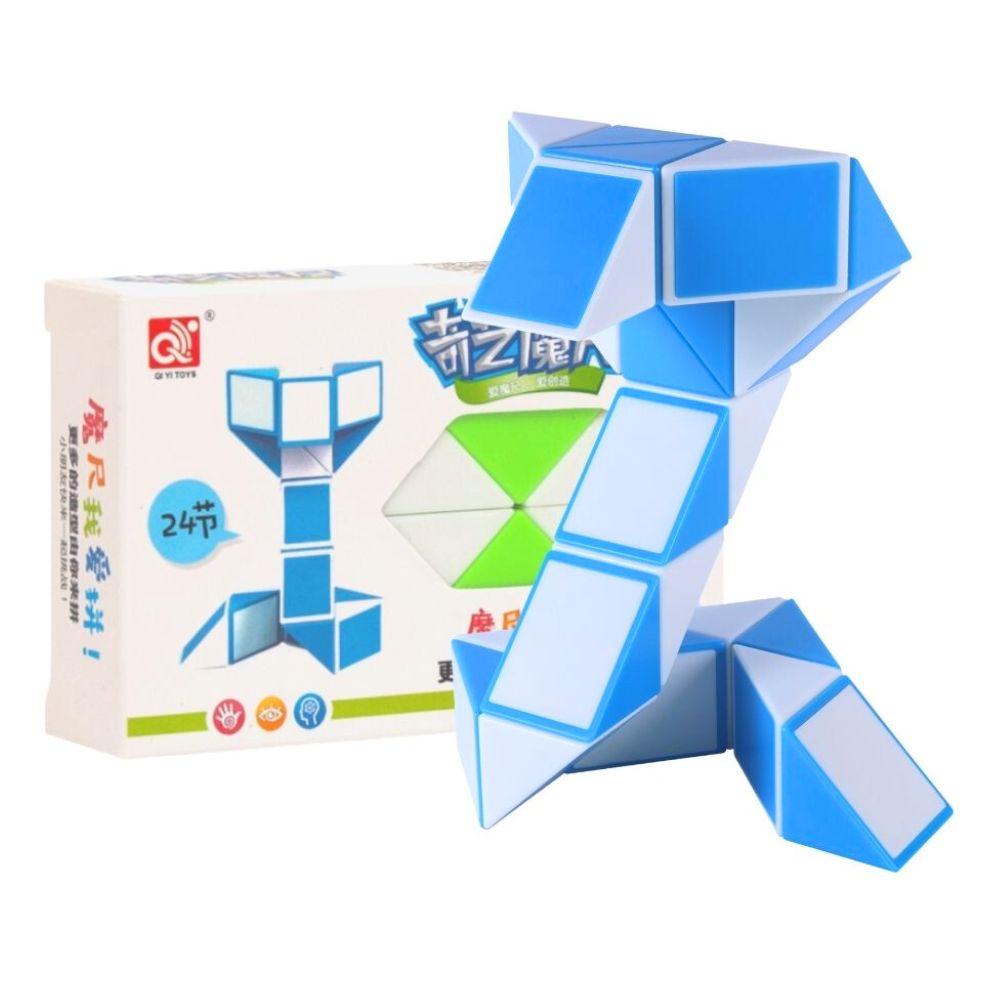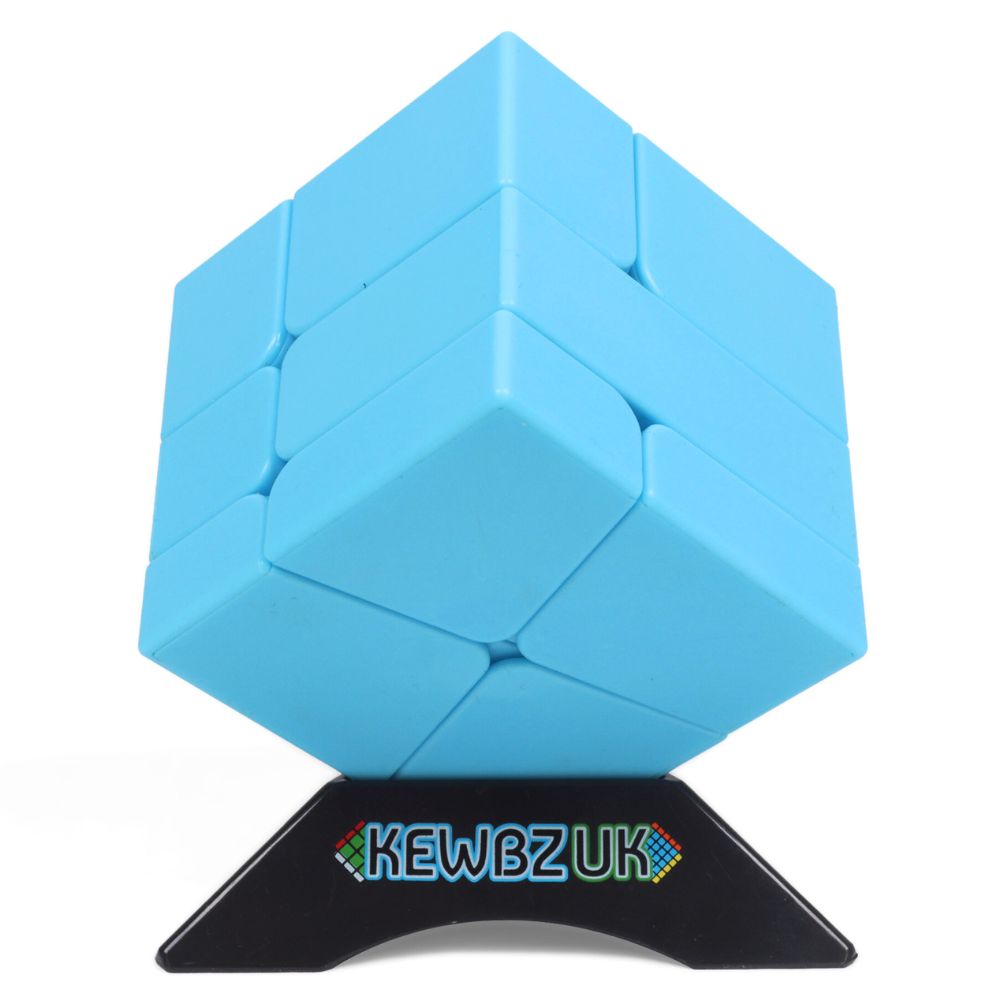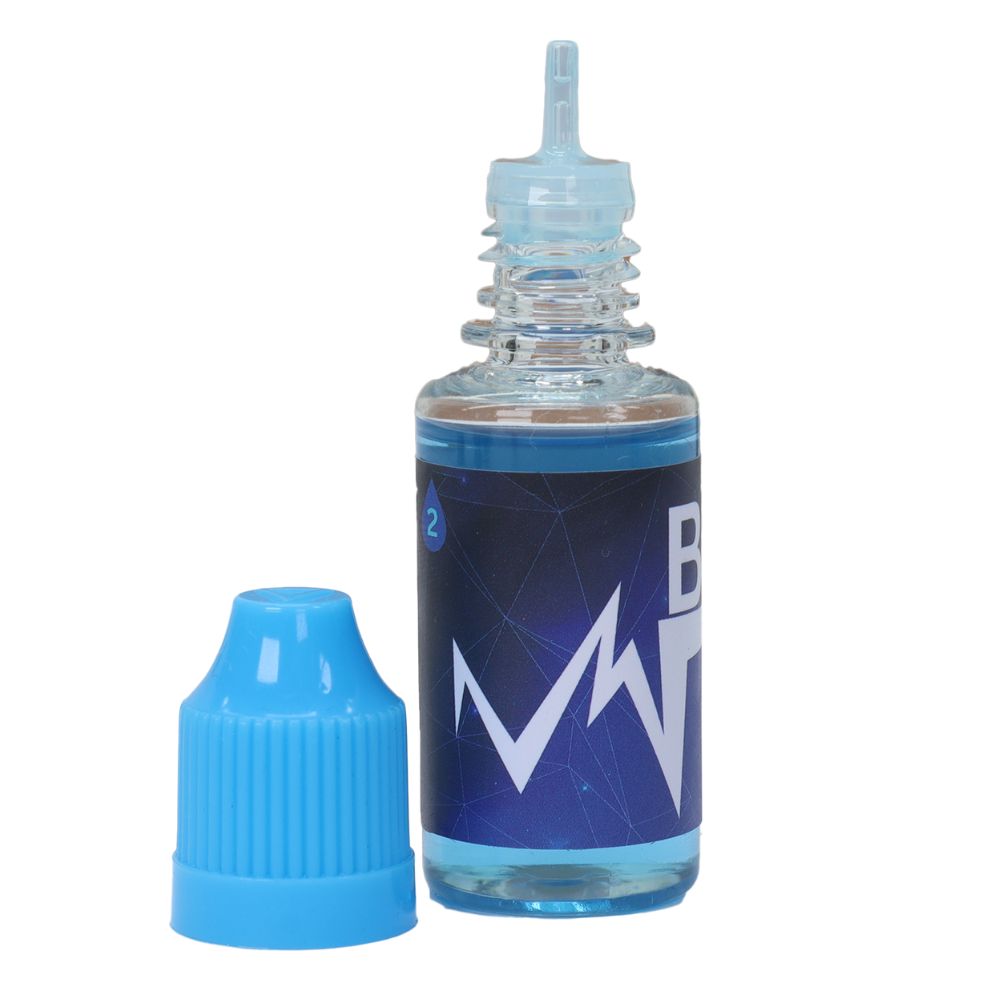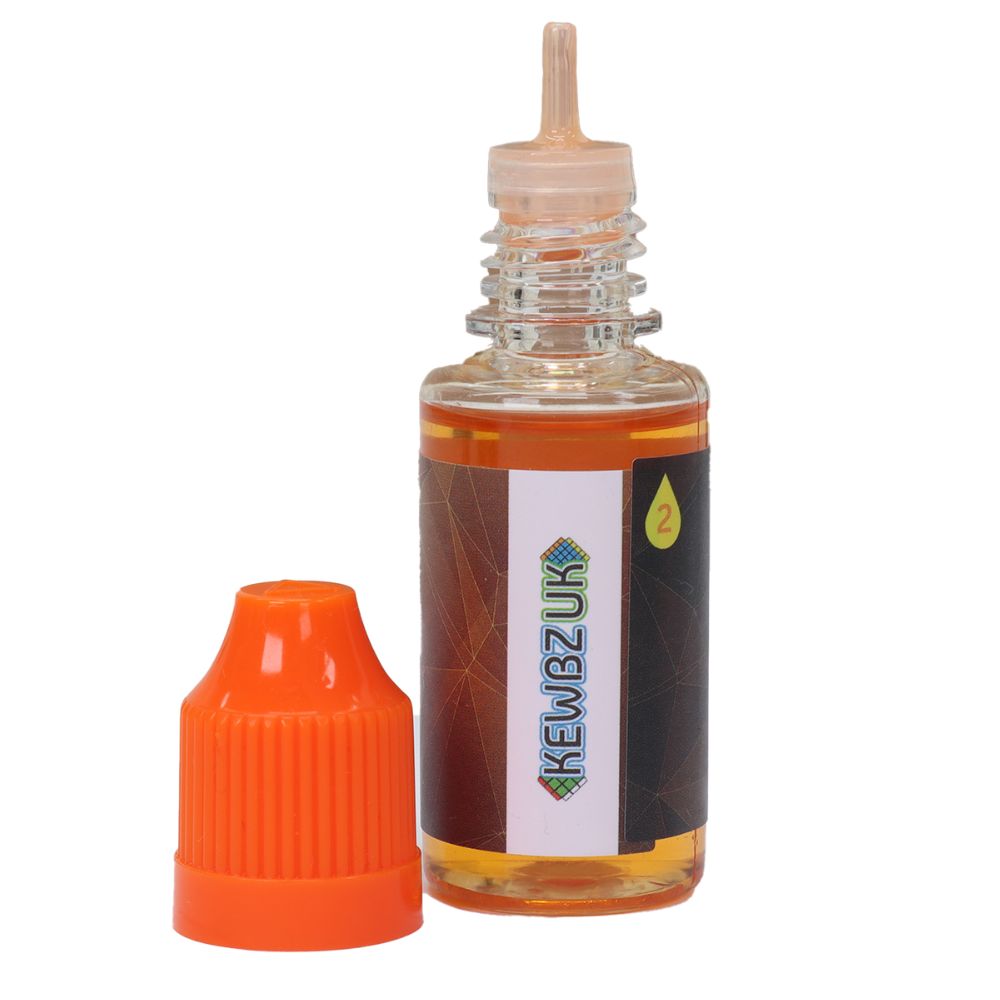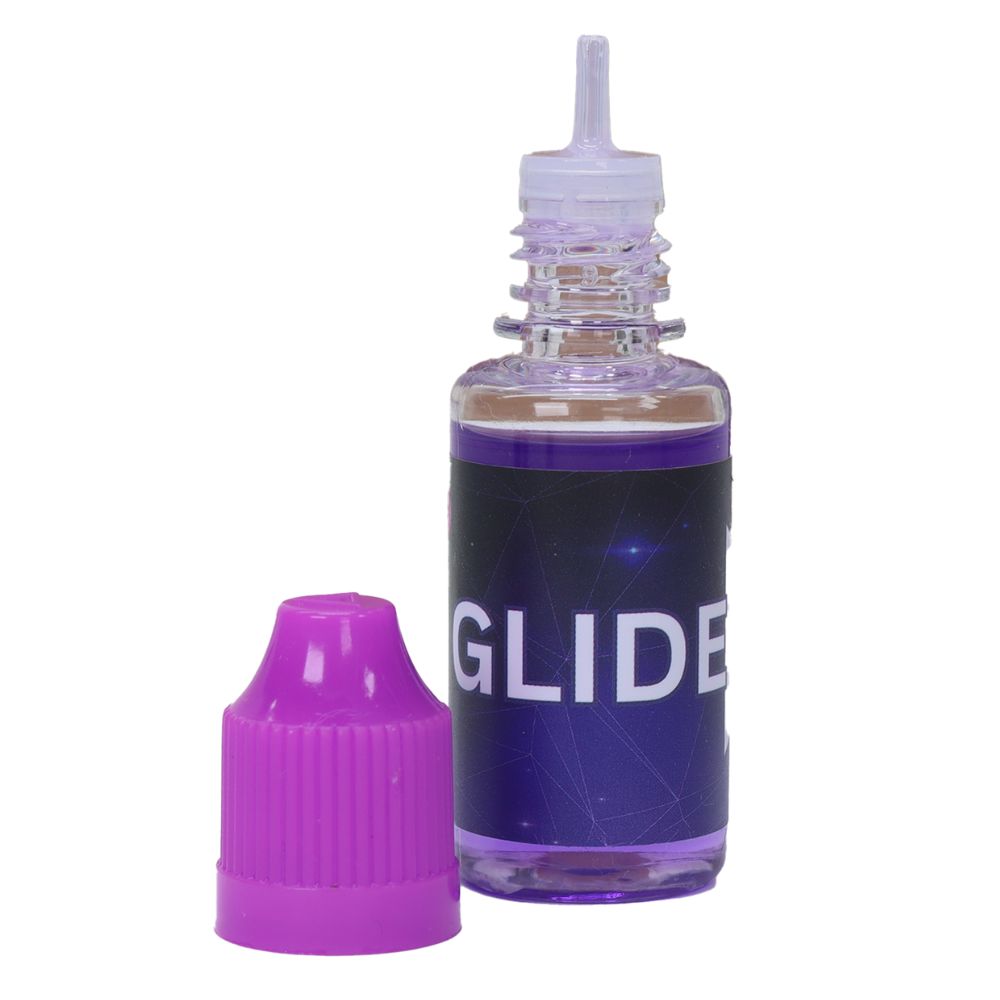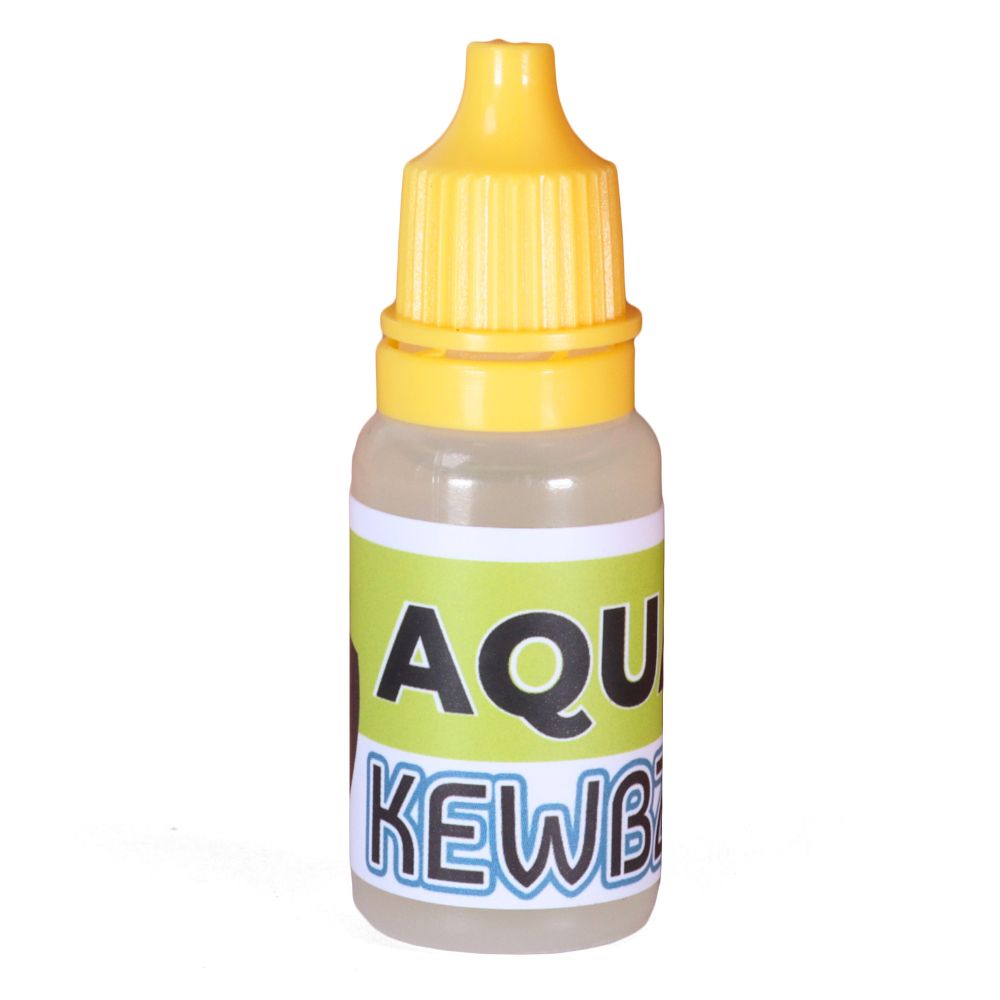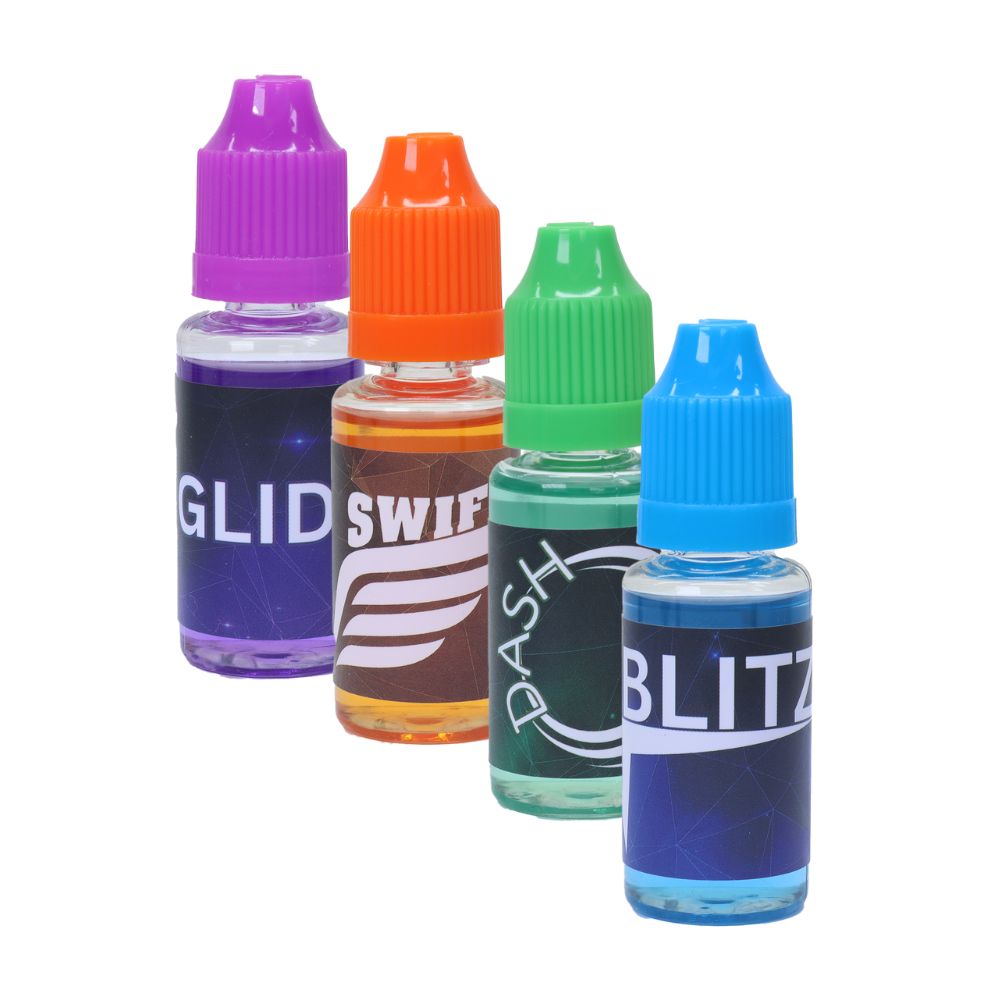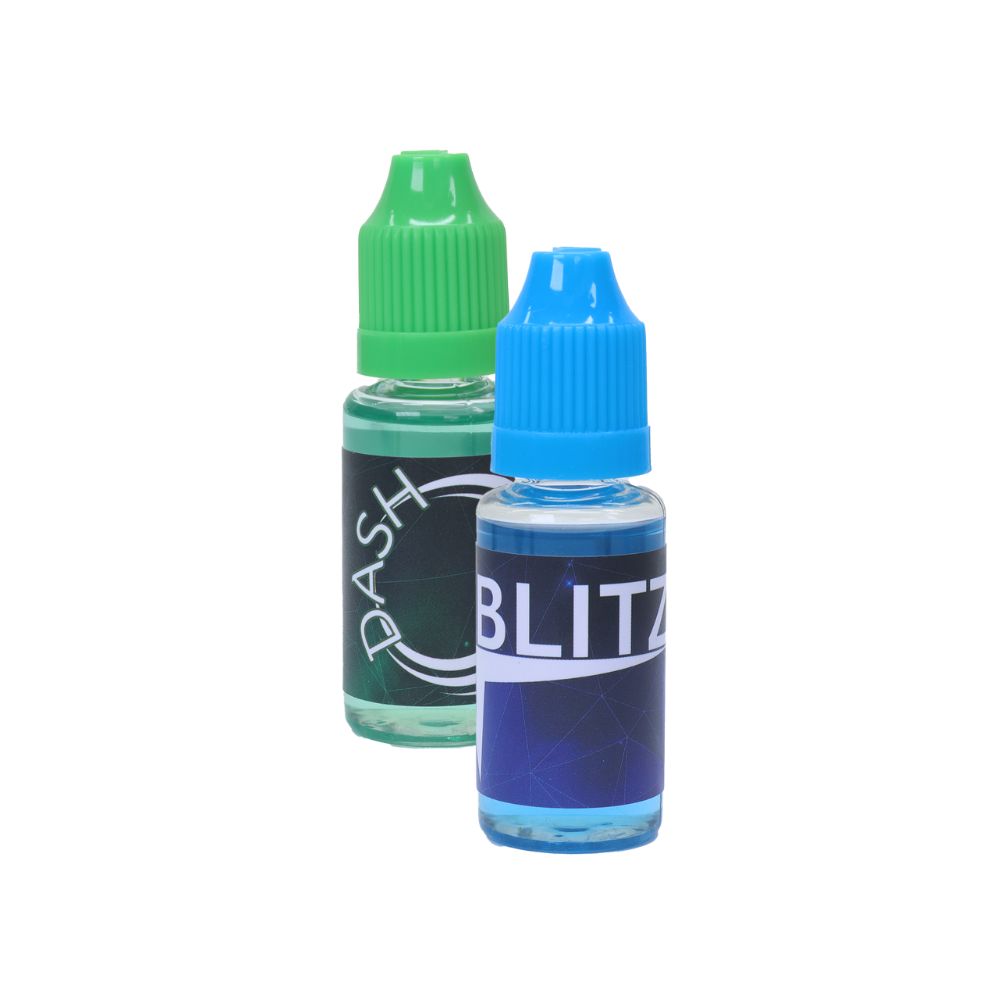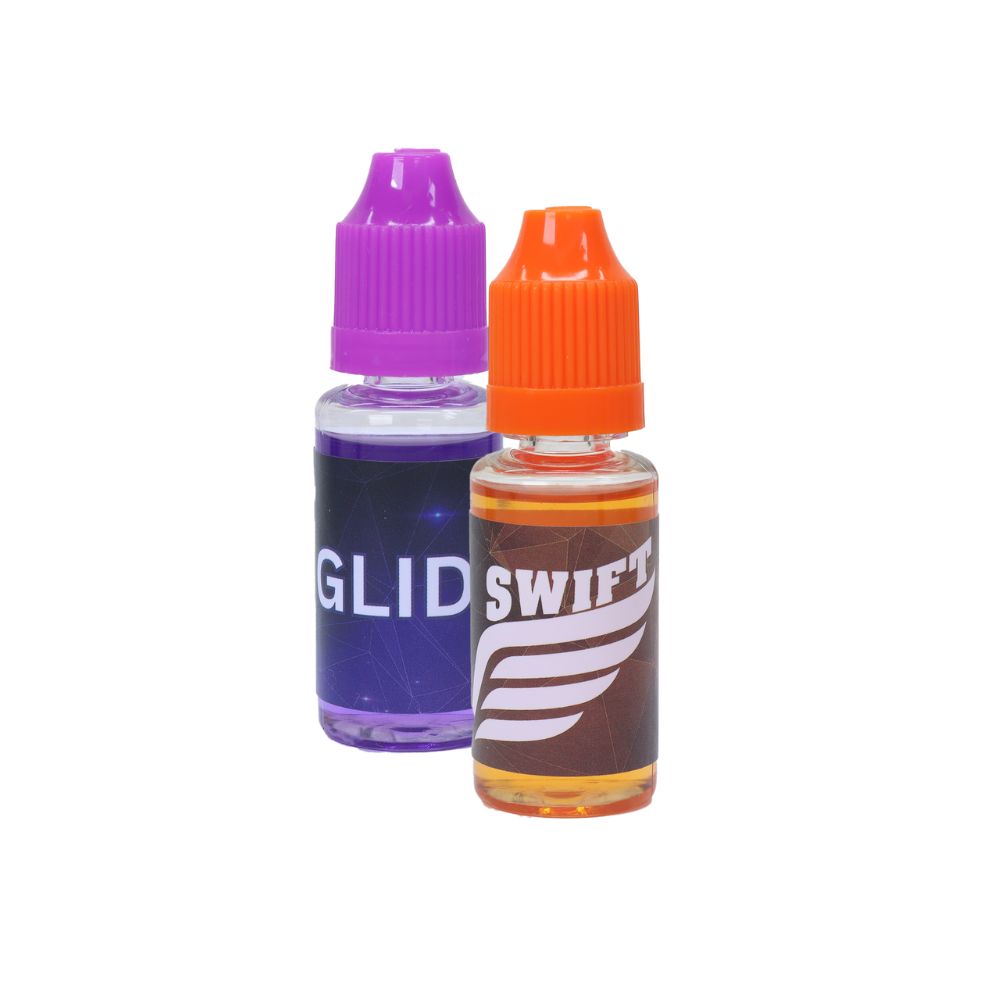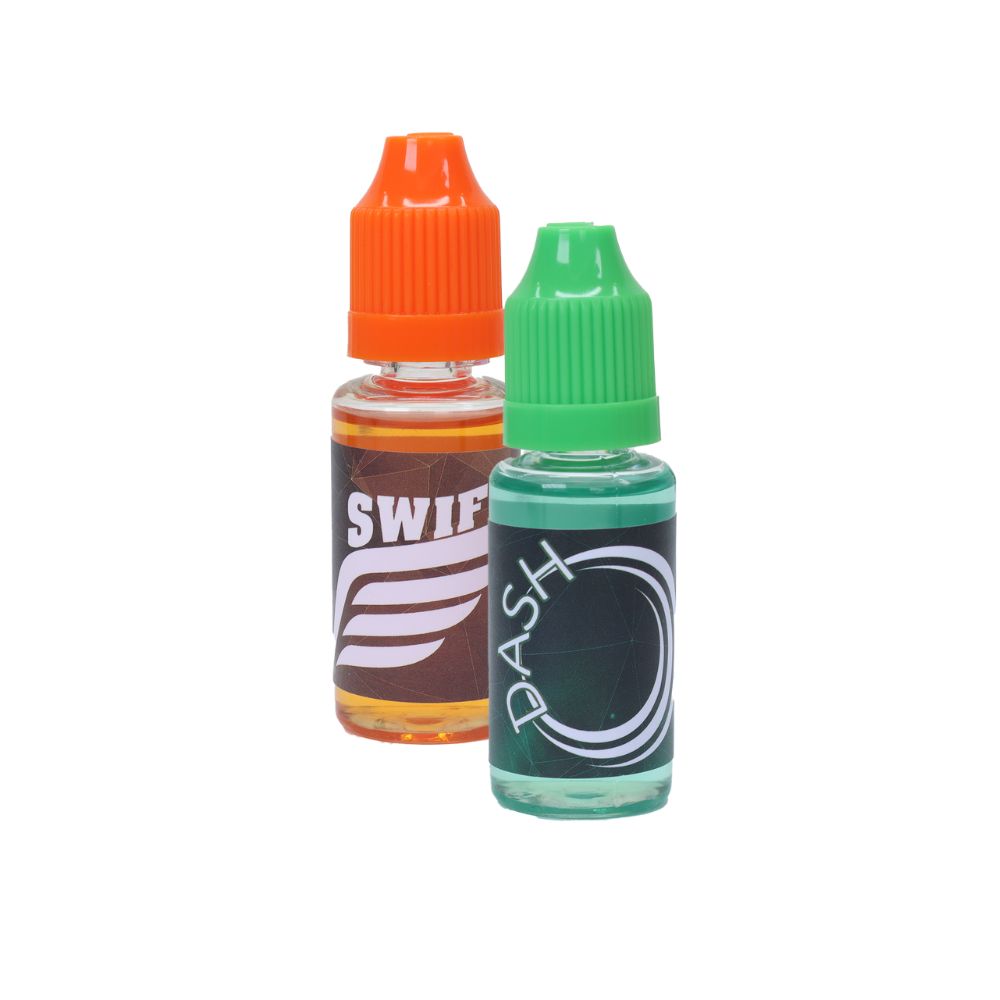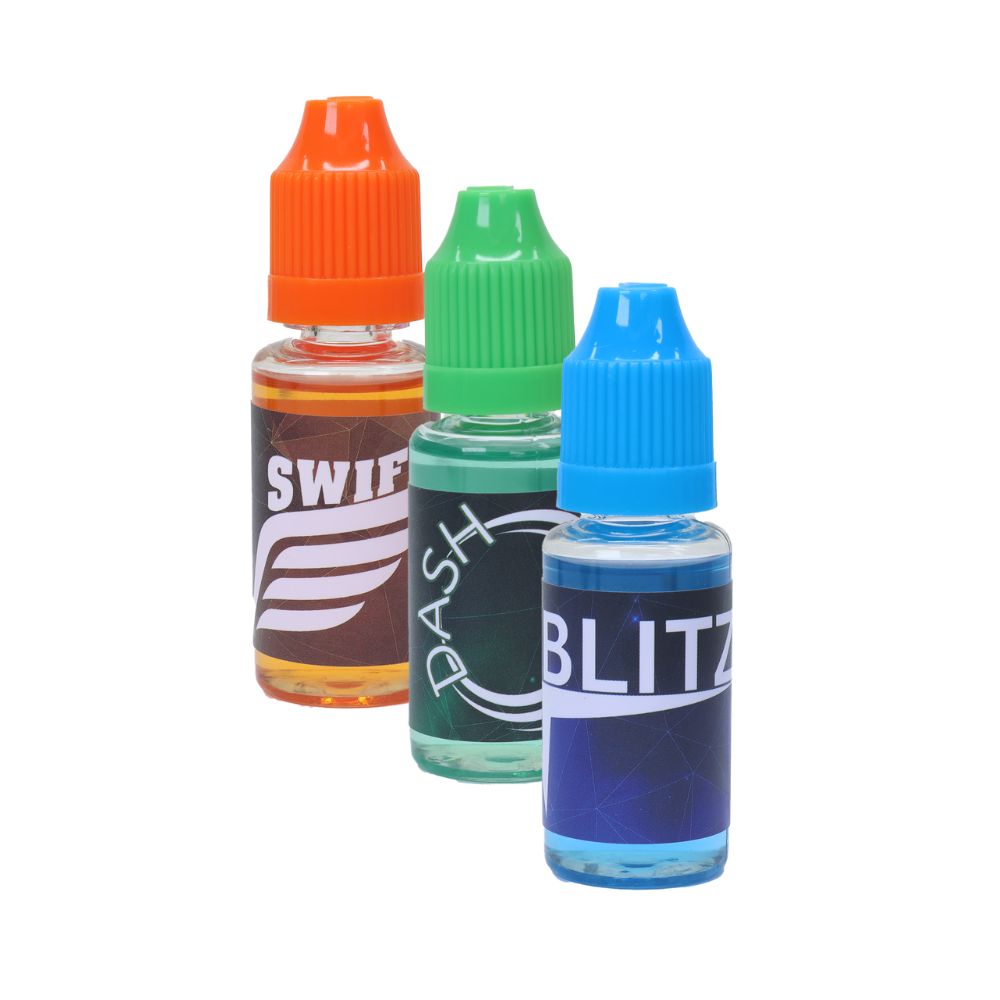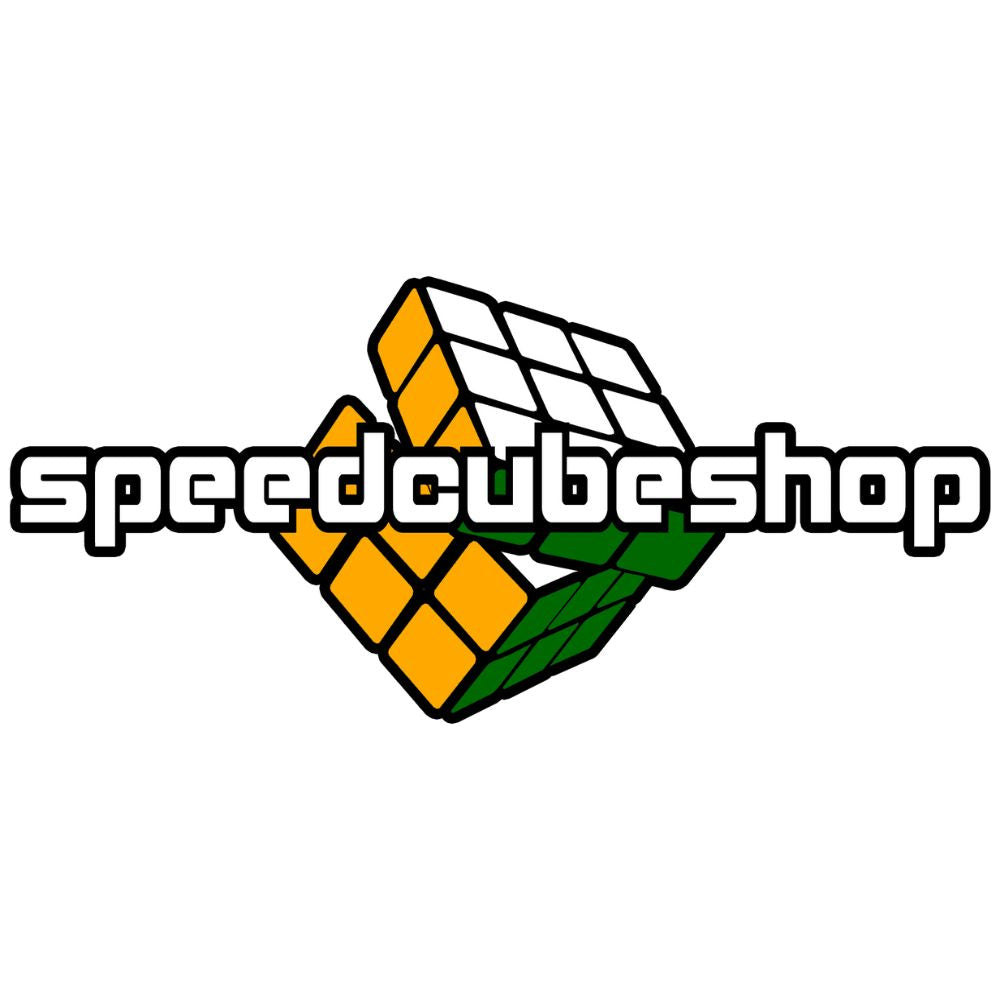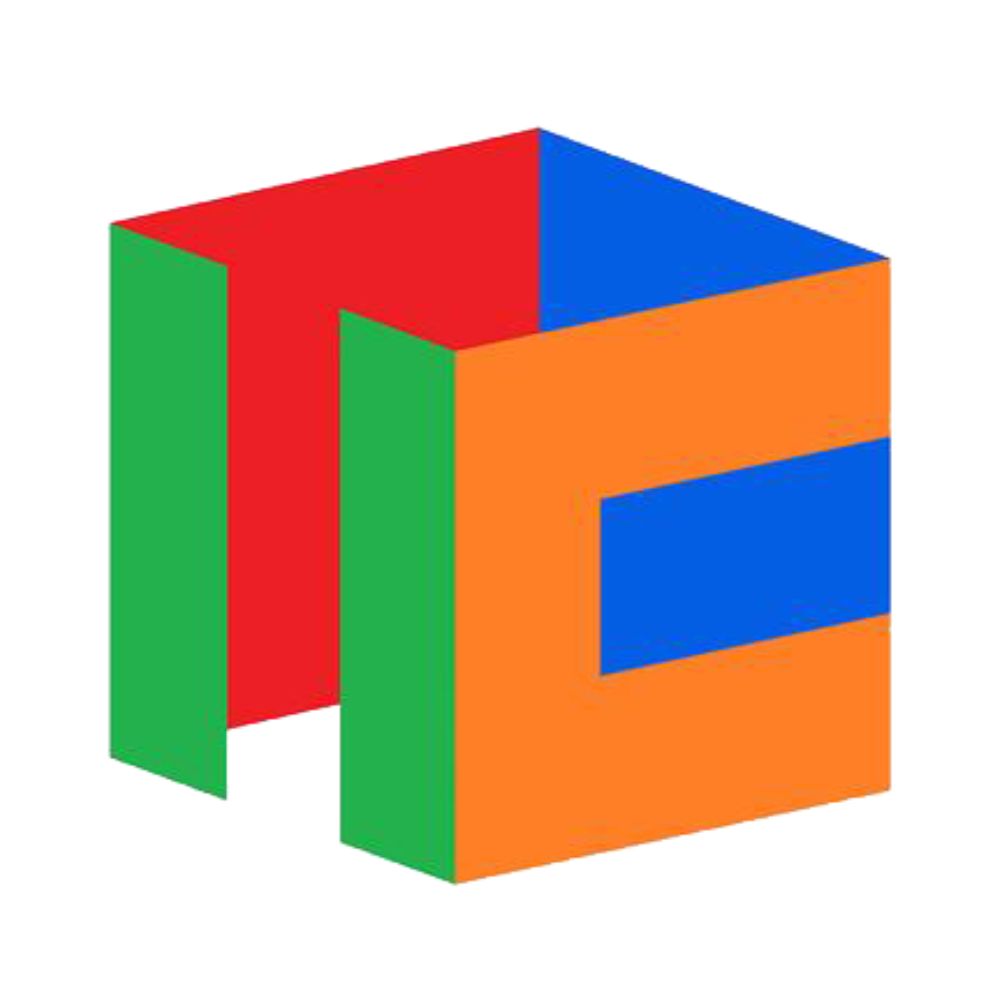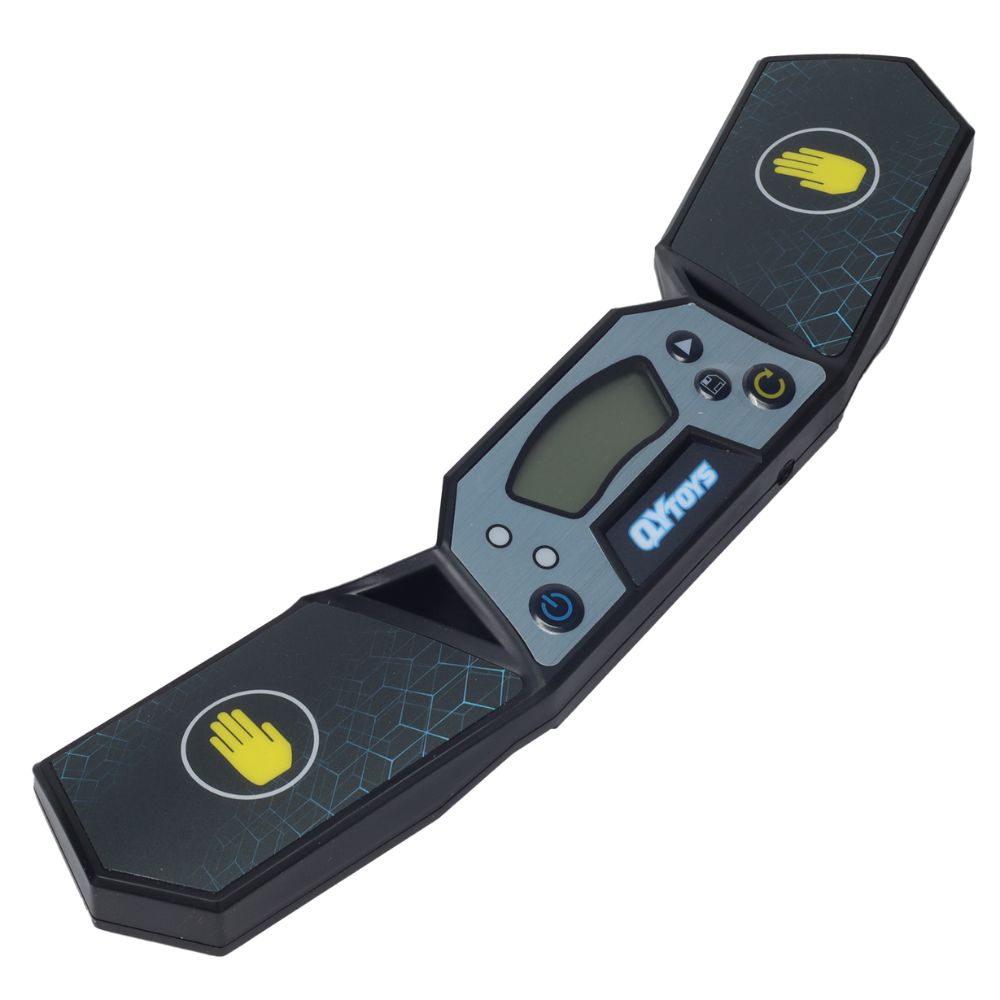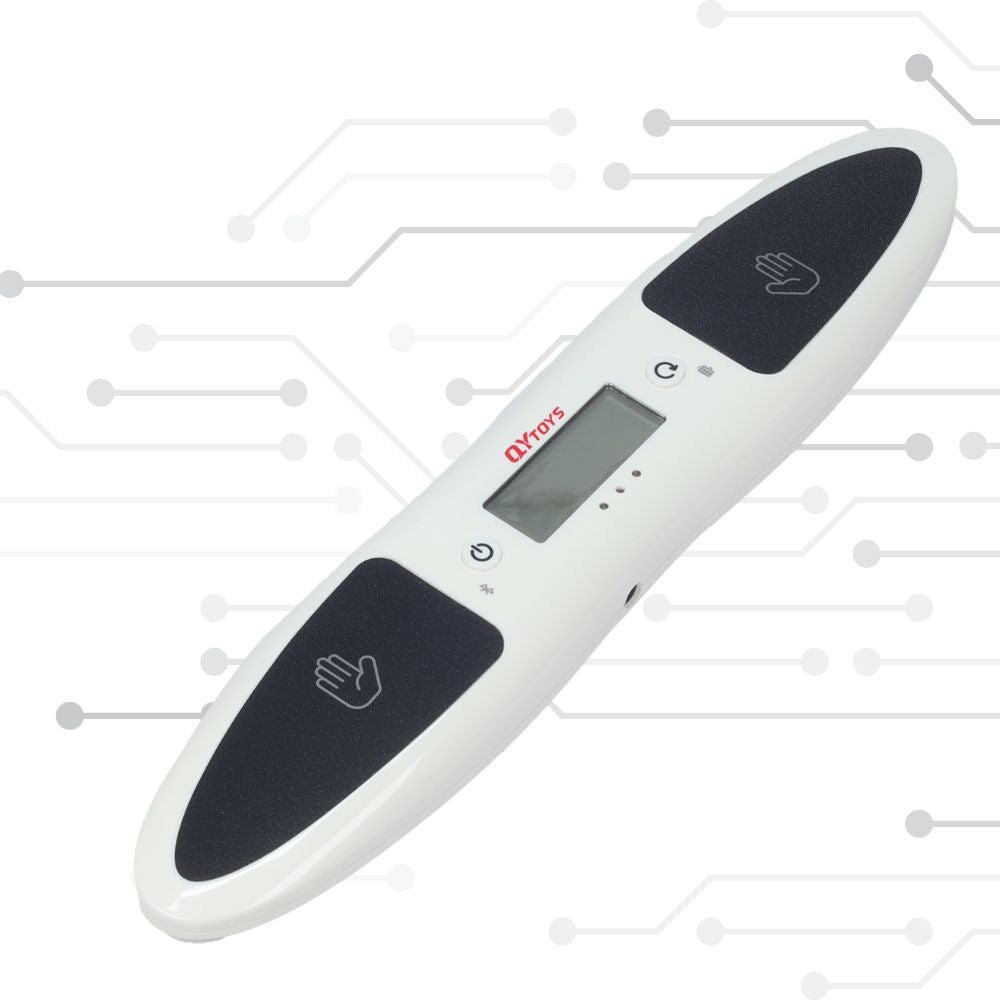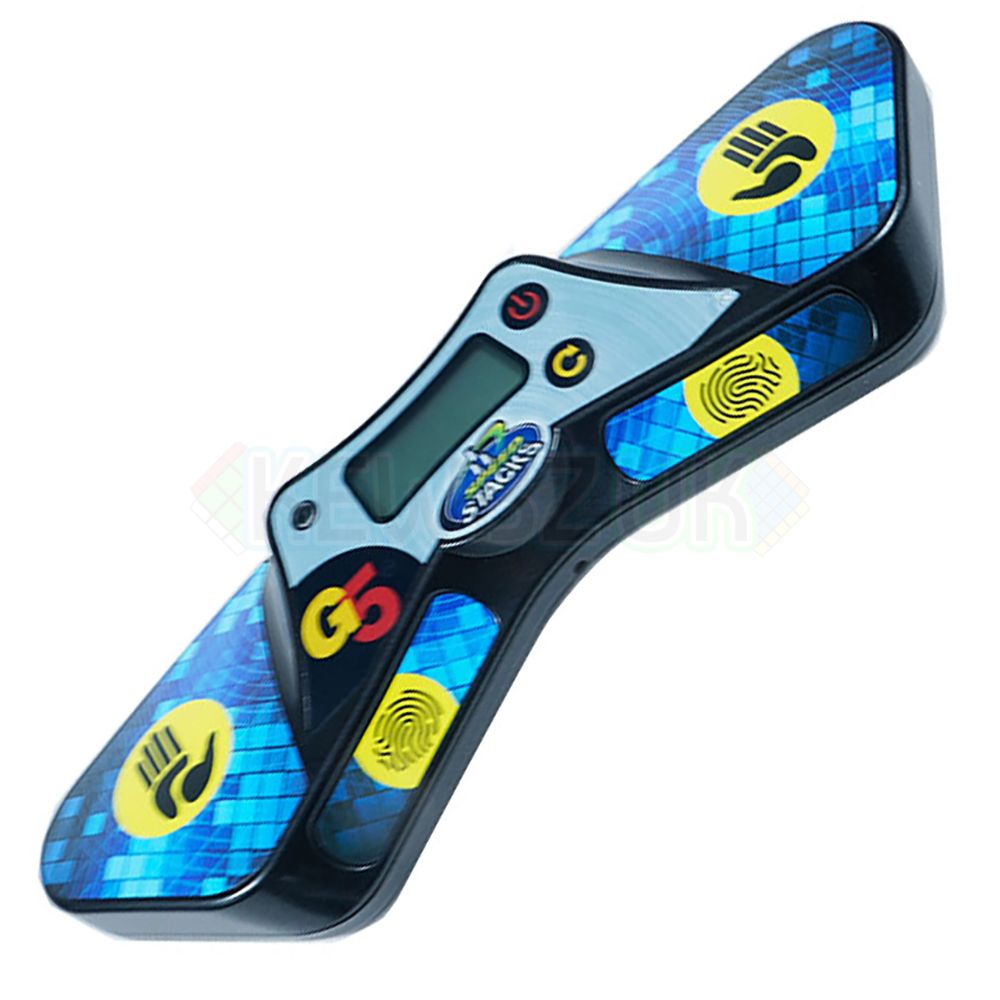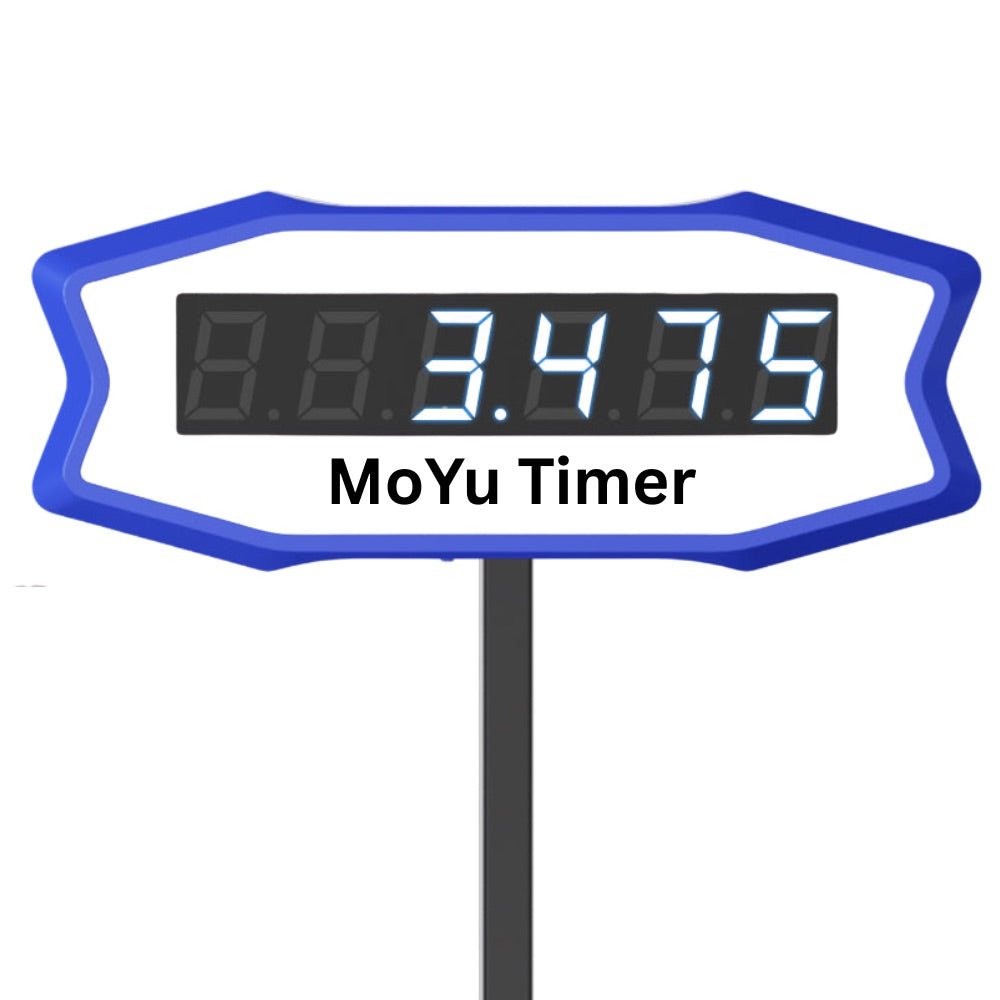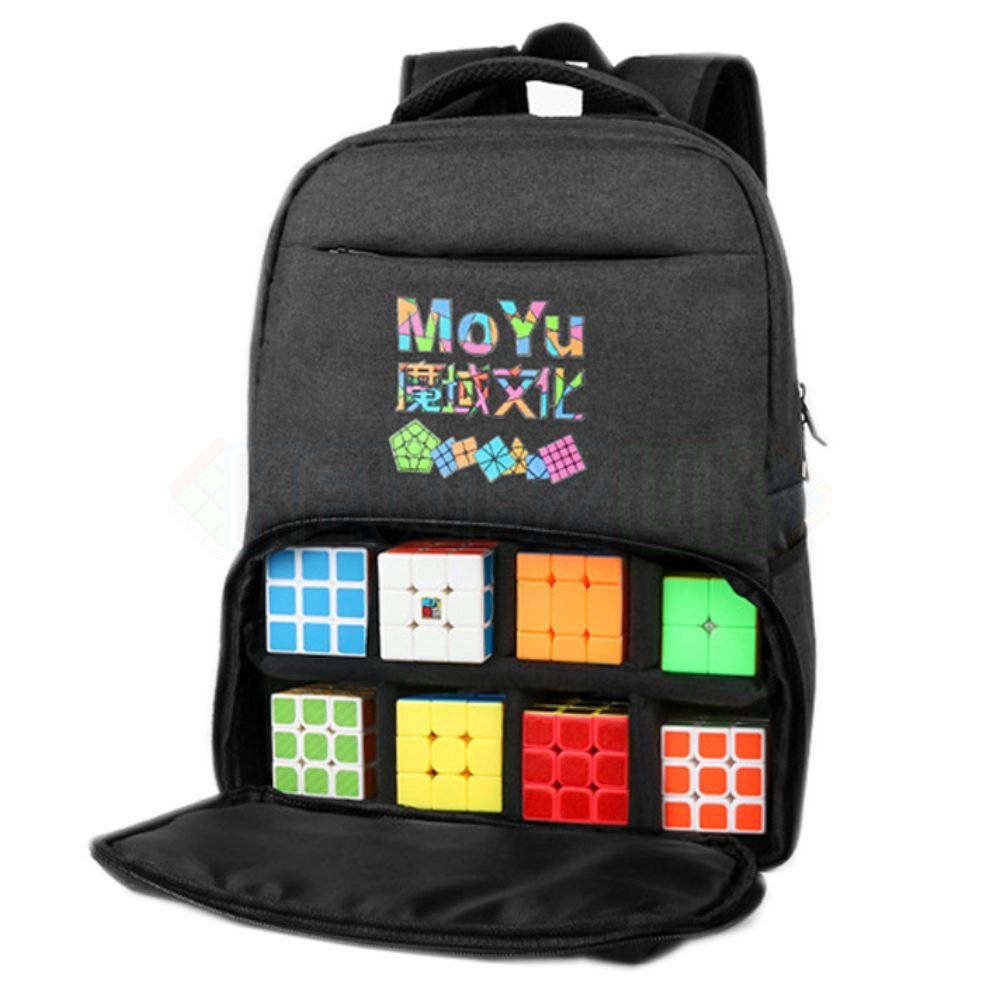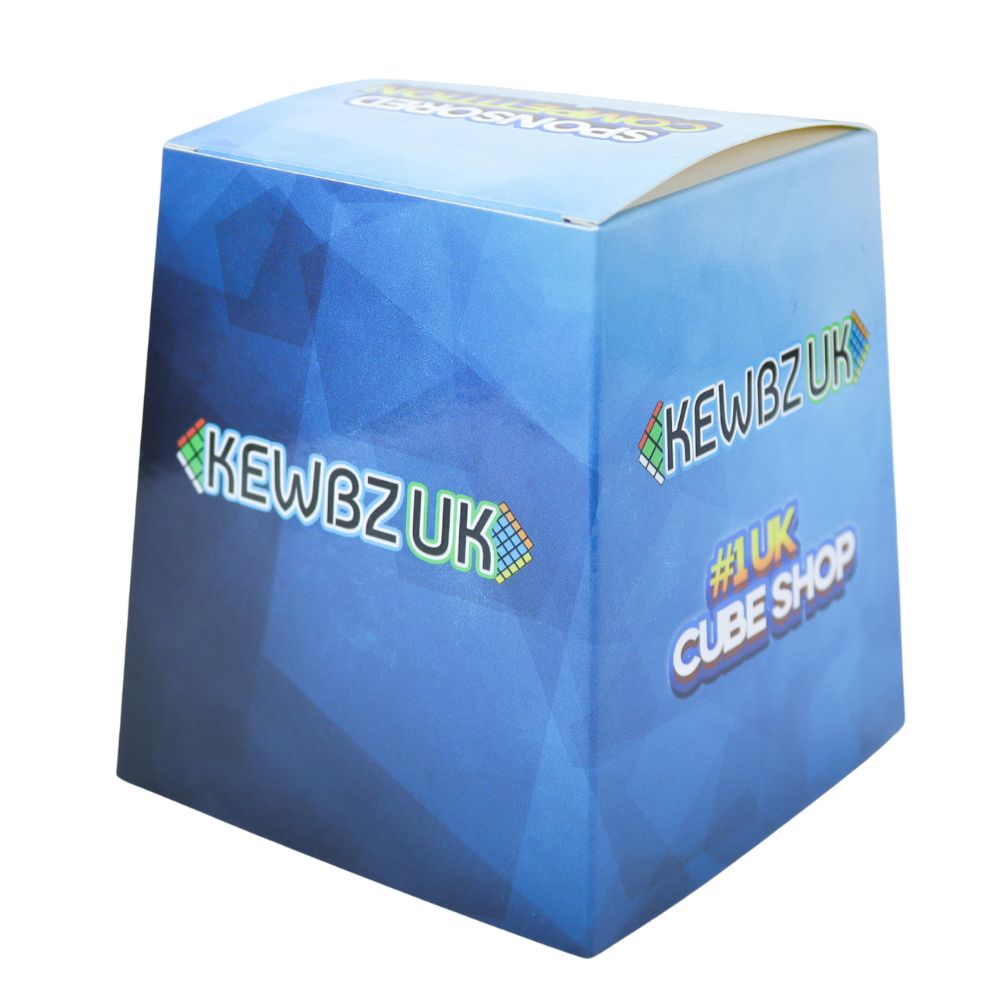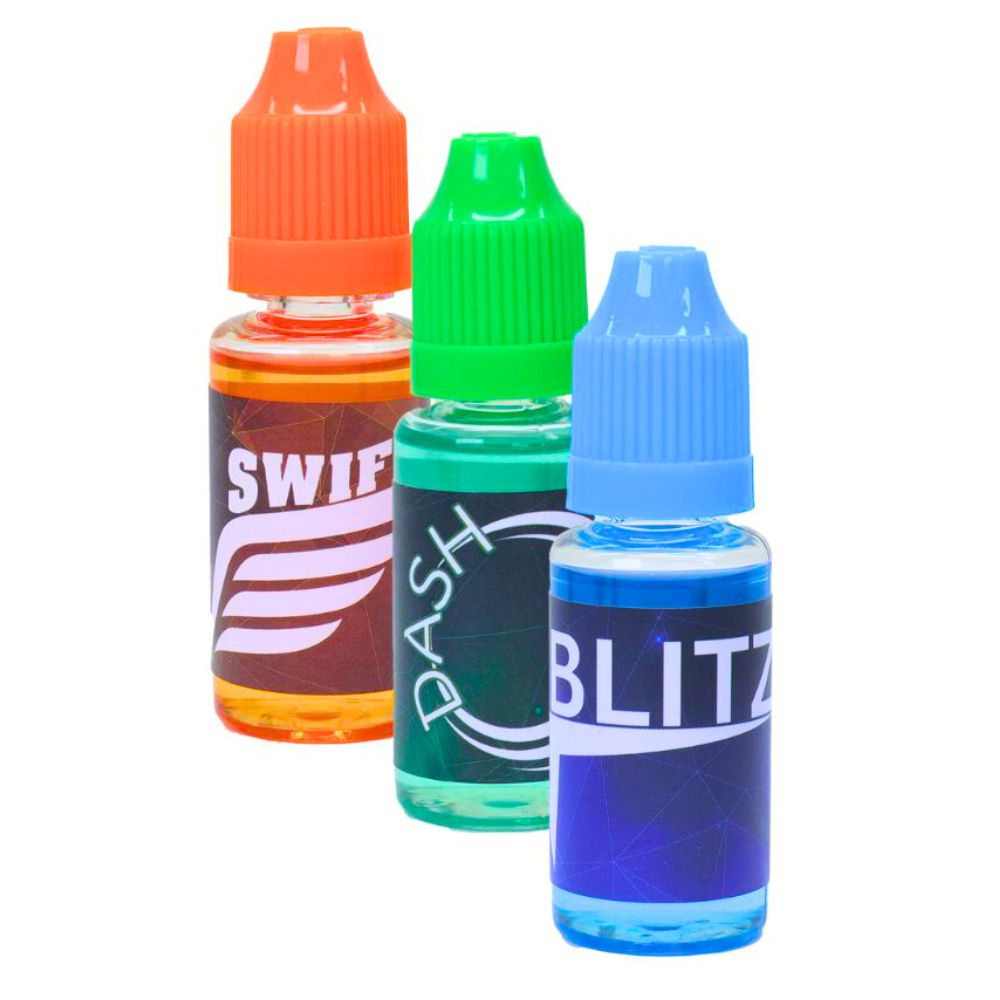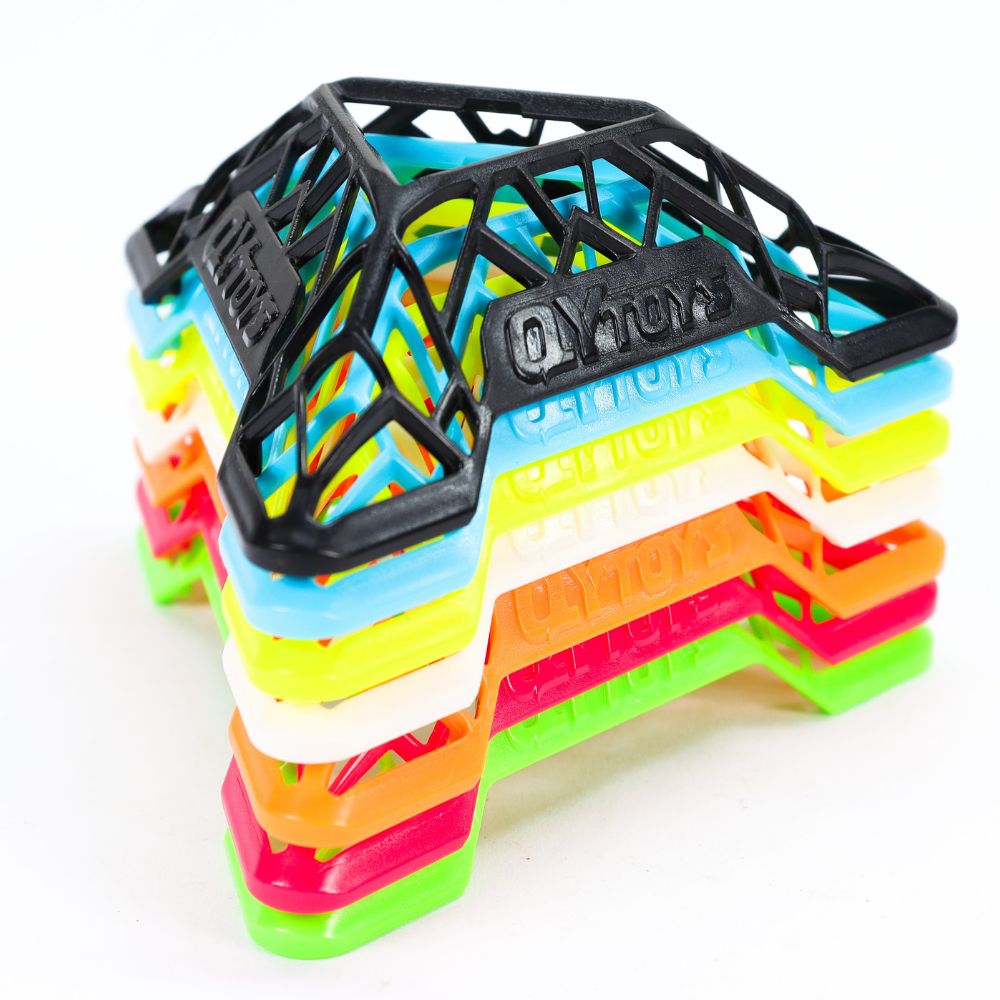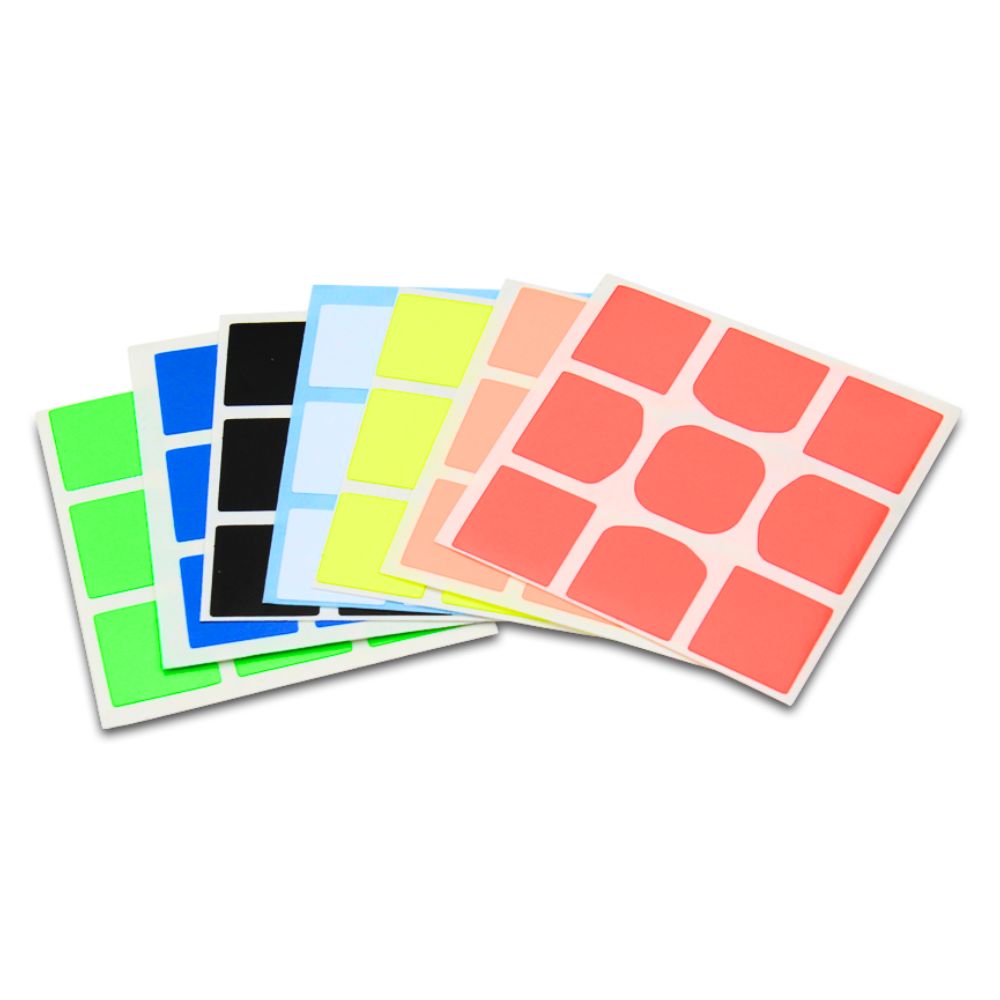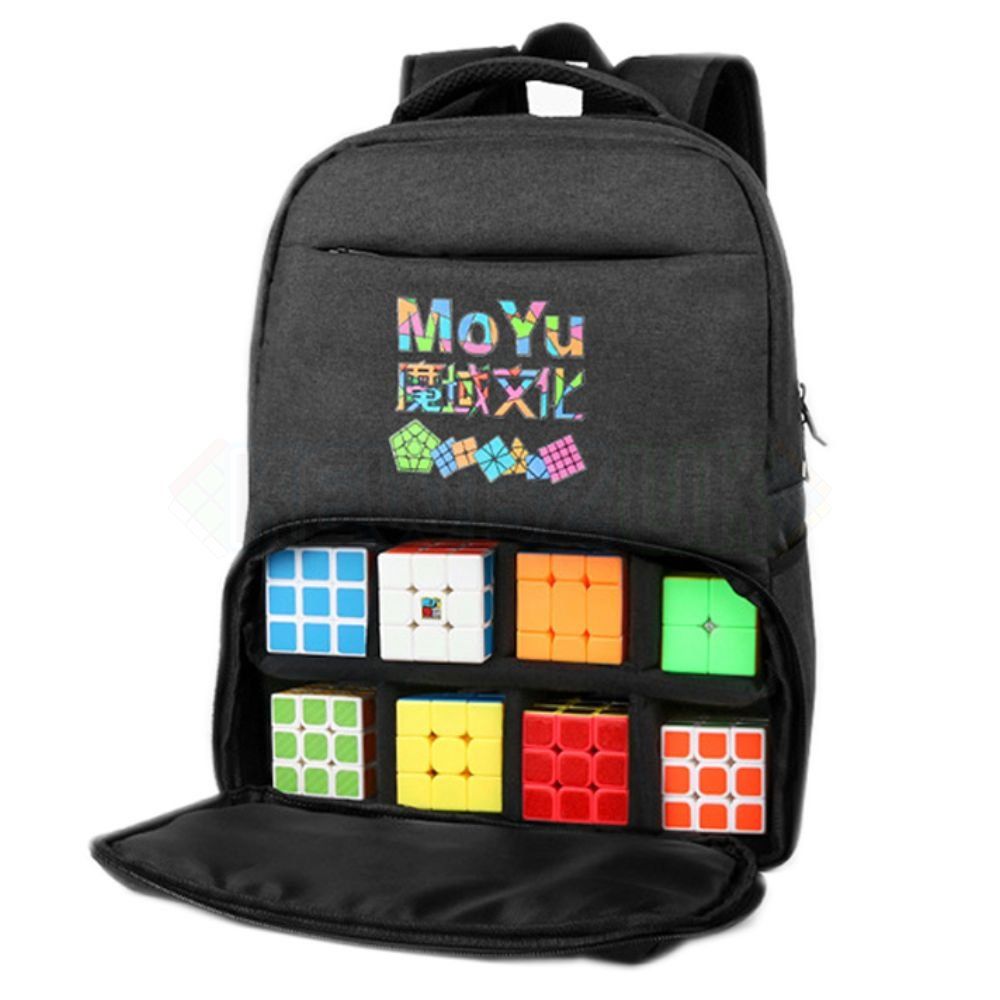How To Get Faster at 2x2 (2025)
Want to get faster at 2x2 in 2025?
We asked Luke Burns (0.70 single & 1.22 average) some questions to see what advice he would offer cubers in certain brackets/time frames. Luke is one of the fastest 2x2 solvers In the UK and also provides 2x2 coaching for those wanting to seriously improve.
In this guide, we will break down Lukes advice into time brackets starting at 20-30seconds and working our way down to 3- 5 second solvers and how everybody can improve.
A Quick Message from Luke:
I'm Luke Burns, and my main events are 2x2 and clock. I have held 4 national records for 2x2 average, peaking at a world ranking of 14th. I've podiumed at the UK championship 3 years in a row for 2x2. My current personal record average stands at 1.22 seconds.
30 Second+ Solvers:
Q: What’s the biggest mistake you see new solvers make when learning 2x2?
A: Wasting a lot of moves starting to build the first layer is a huge mistake which will cost at least 5 seconds per solve. Instead of purely using R U R' U' to solve a corner, see if you can build up a pair of solved corners in 1 move.
Q: At this stage, should people worry about algorithms or just focus on intuition and layer-by-layer?
A: If you want to, you can learn OLL (6 short algorithms) and pll (2 algorithms) but the beginners method is most likely enough to get you to around 20 seconds.
Q: Any drills or habits that really help build recognition and confidence early on?
A: To work on first layer efficiency, search up some CLL walkthrough solves on YouTube where they go through making the first layer. From there, you can figure out how doing 1 move will affect building the rest of the layer.
10-30 Second Solvers:
Q: What’s the key focus for cubers in this range?
A: Yet again, layer efficiency is a large factor separating 10 second solvers from 5-6 second solvers. It also becomes more important to replace beginners method with OLL and PLL (8 algorithms in total).
Q: Is it worth learning full Ortega here, or should they master the basics first?
A: Ortega isn't really needed for this speed, and to be honest, Layer-by-Layer (OLL and PLL) can be used to get sub-5 times very consistently. Sorting out the first layer is something I cannot stress enough.
Q: Are there any bad habits in this range do you think?
A: Not learning the proper finger tricks when learning new algorithms is something I see a lot. I urge people to watch videos when learning algorithms to see how they should be executed.
5-10 Second Solvers:
Q: What separates someone stuck at 8–9 seconds from someone who pushes down to sub-5?
A: Usually efficiency and finger tricks affect solves the most around this speed. For those using Ortega, it's essential to know if you have a bar on the bottom and where it'll be before you get to the pbl step. This can save a surprising amount of time as recognising the bottom layer can be quite slow.
Q:
Is full EG1 or CLL necessary at this point, or is it more about efficiency and lookahead?
A: Ortega and/or Layer by Layer are perfectly viable to get you down to even sub-4 (depending how far you're willing to go without learning new algorithm sets). However something you could work on is predicting your OLL case during inspection, saving a pause to recognise the case. This can drop times by about 0.5-1 seconds so it's definitely worth doing.
Q: How do you recommend someone structure their practice once they’re comfortable with Ortega?
A: Instead of just doing solves, you could do a few things:
- work on first face efficiency
- Work on predicting OLL once your face is efficient
- If you want to, learn CLL as a next step
Sub-5 Second Solvers:
Q: At the top level, what do you think makes the biggest difference — recognition, turning, or something else?
A: At the very top level (sub ~1.5), it's essential to one look every solve using eg1 and cll as a bare minimum. Sometimes the biggest difference comes from being able to spot better solutions (i.e. a longer first face but a better case), but obviously your turning and algorithm knowledge has to be fairly good.
Q:
How much of your improvement came from grinding vs analyzing/optimizing?
A: Once I had learnt a significant algorithm set (CLL or EG1), it just took a few weeks of solves to get used to using them. It was only once I got used to them that I tried to optimise my face solutions for very bad cases, and look for alternate solutions during inspection.
Q: Any tips for developing better inspection and predicting first layer + EG/CLL?
A: Whilst practicing, use as long as you have to in order to one look a solve. This is something I'll cover more in-depth in my coaching sessions.
Do you have any general tips?
- One thing which helped when trying to improve at a grind-type event is to have 1 or 2 other events which I liked to practice so that I could switch between them if I ever got a bit bored of 2x2.
- You're going to face stages where you don't improve at all. Push through them! If you're in need of any help, there are plenty of places to ask for advice. A number of discord servers will undoubtedly have people who want to help, or if you're really stuck, you can ask for someone to critique your solves (one of the services I offer on the KewbzUK site)
- When I first got into cubing before the pandemic, I saw the world class 2x2 solvers and was amazed at how they could one look so effortless. just 3 years later, I got my first national record and top 100 global ranking. Reaching the top level isn't as far away as you first think, and every journey is different. You could be challenging for the national title within a year or two!


